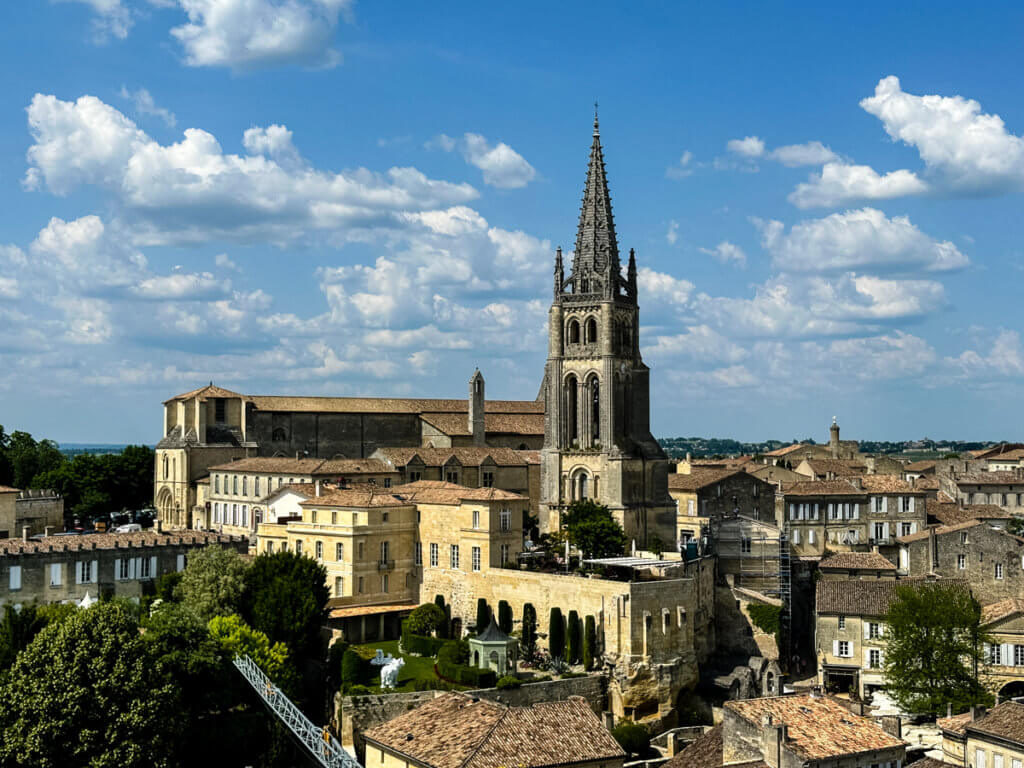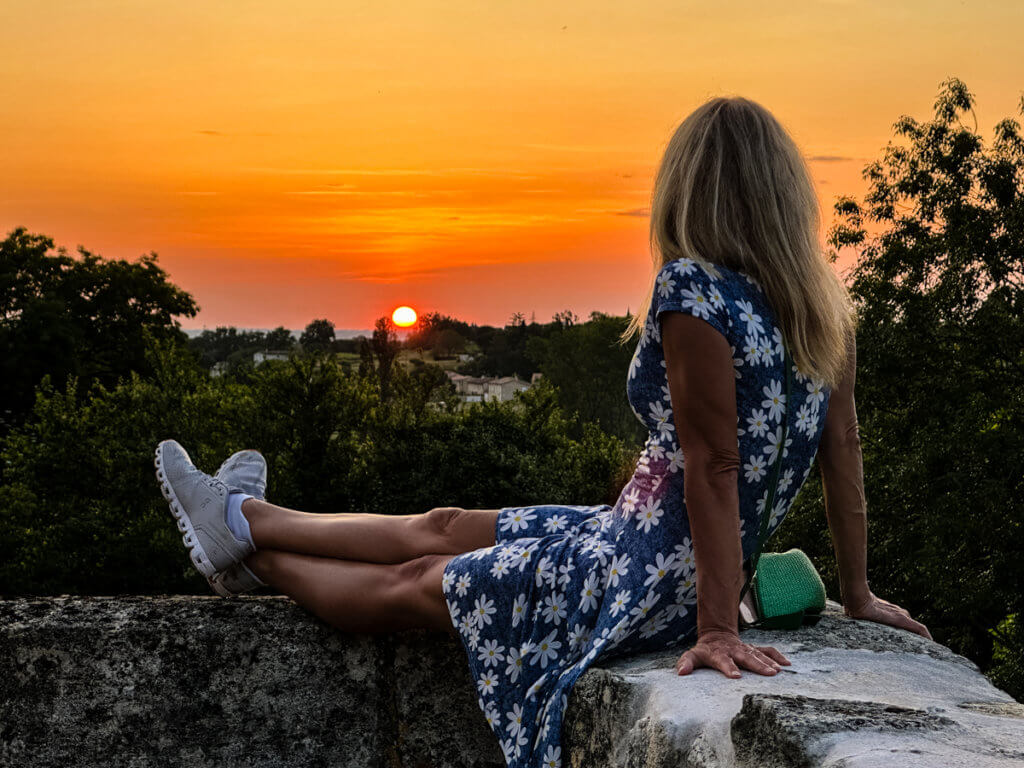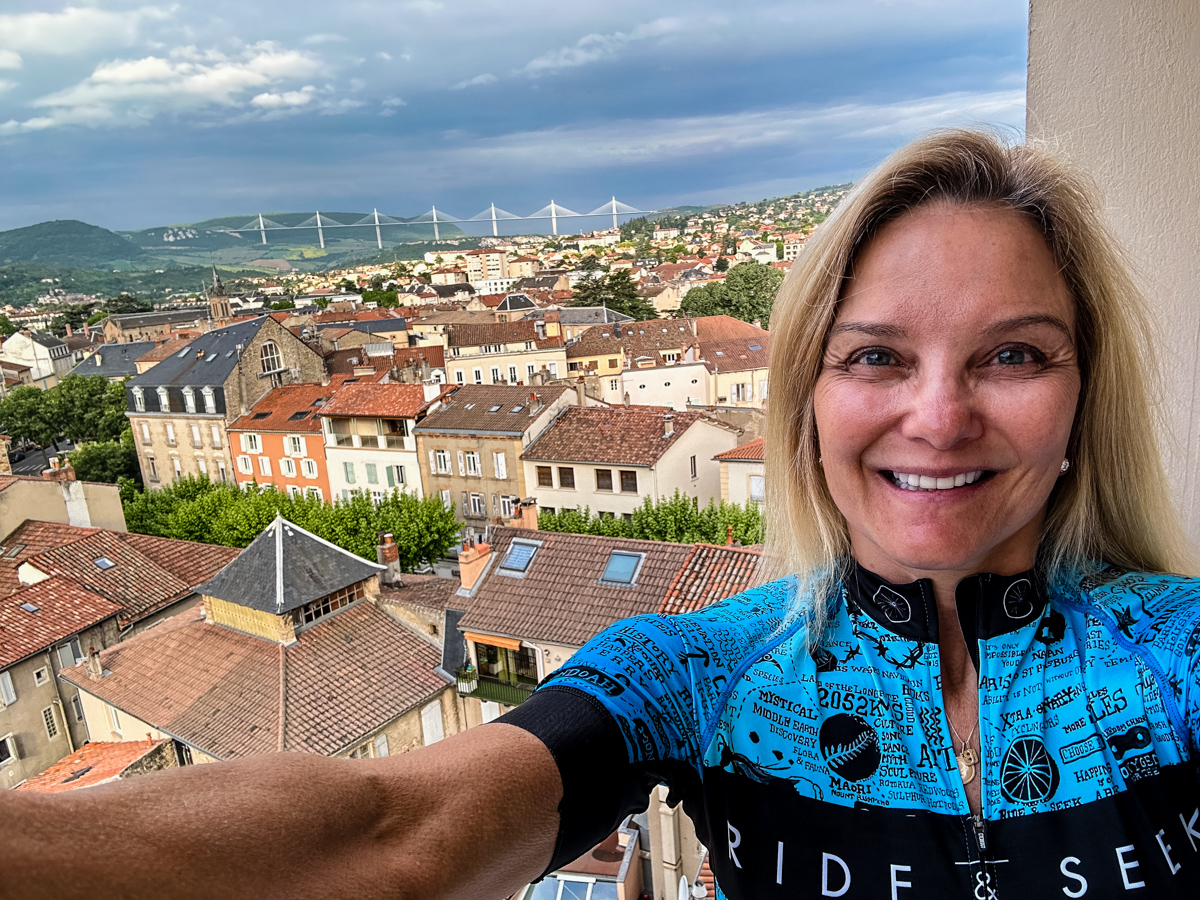Overview of Ride and Seek’s Cro-Magnon Cycling Tour
The Ride and Seek cycling tour “Cro-Magnon” through France takes a journey into prehistory to join the dots between the cave art of Cro-Magnon in southwest France, starting in Lyon and ending in Bordeaux.
Cro-Magnon refers to the population of early Homo sapiens dating from the Upper Paleolithic Period (c. 40,000 to c. 10,000 years ago) in Europe and provides the primary focus for the tour, though France’s wine, gastronomy and culture feature highly as well. Cro-Magnon was so-named because the place in France where several prehistoric skeletons were found in 1868 was on Monsieur Magnon’s land in Les Eyzies-de-Tayac.
Here’s a video recap of the 17 day trip.
Pre-Cycling Visit to Burgundy
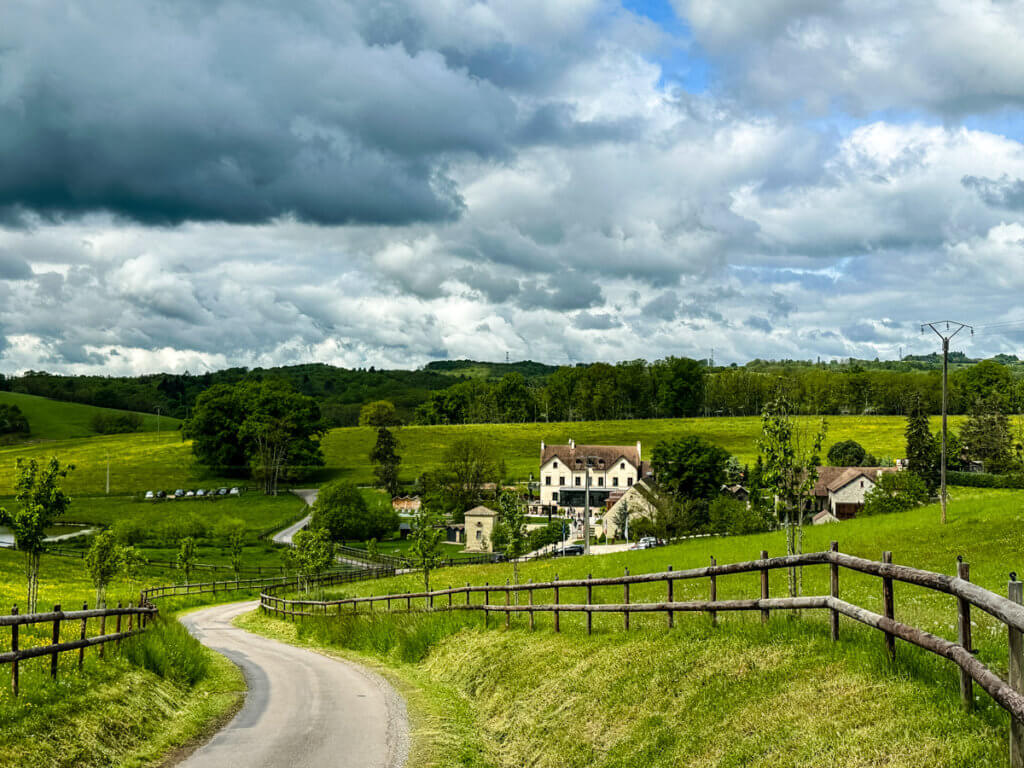
We took a few days in the Burgundy area just north of Lyon before Shauna started the Cro-Magnon tour, and Mark flew back to Dallas to check out the shoulder injury he sustained on the last day of the Japan trip. The wine was delicious, the scenery was lush and green; a perfect respite between cycling trips.
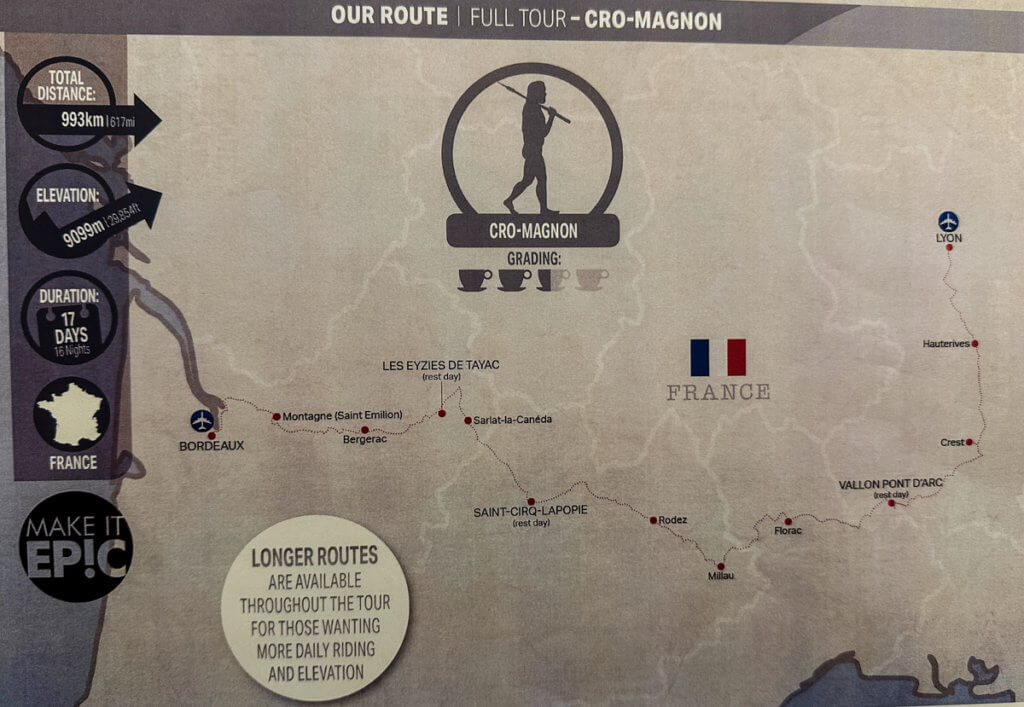
The cycling tour started at Lyon, traveled to the Chauvet cave in Vallon Pont d’Arc – carbon-dating in the cave places the drawings to 32,000 years ago – then south along the Rhone River through Provence and the Languedoc, heading to the ‘capital’ of prehistory – Les Eyzies-de-Tayac in the Dordogne – and eventually finishing up in Bordeaux.
First Day – Lyon!
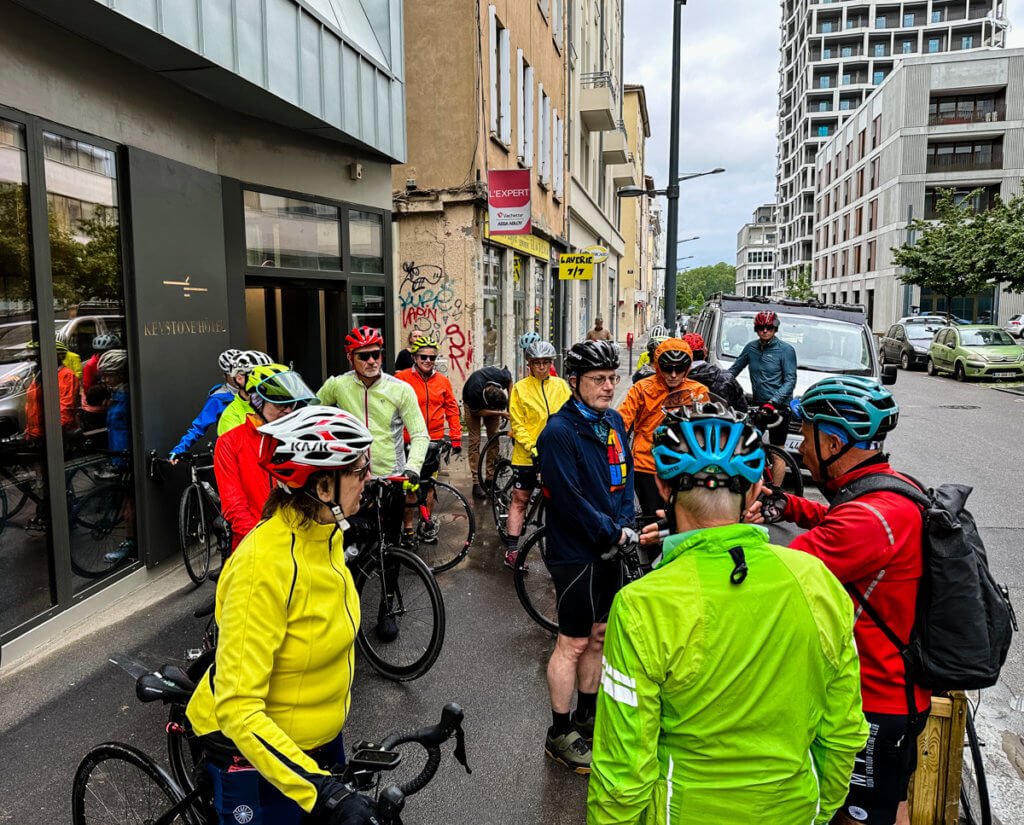
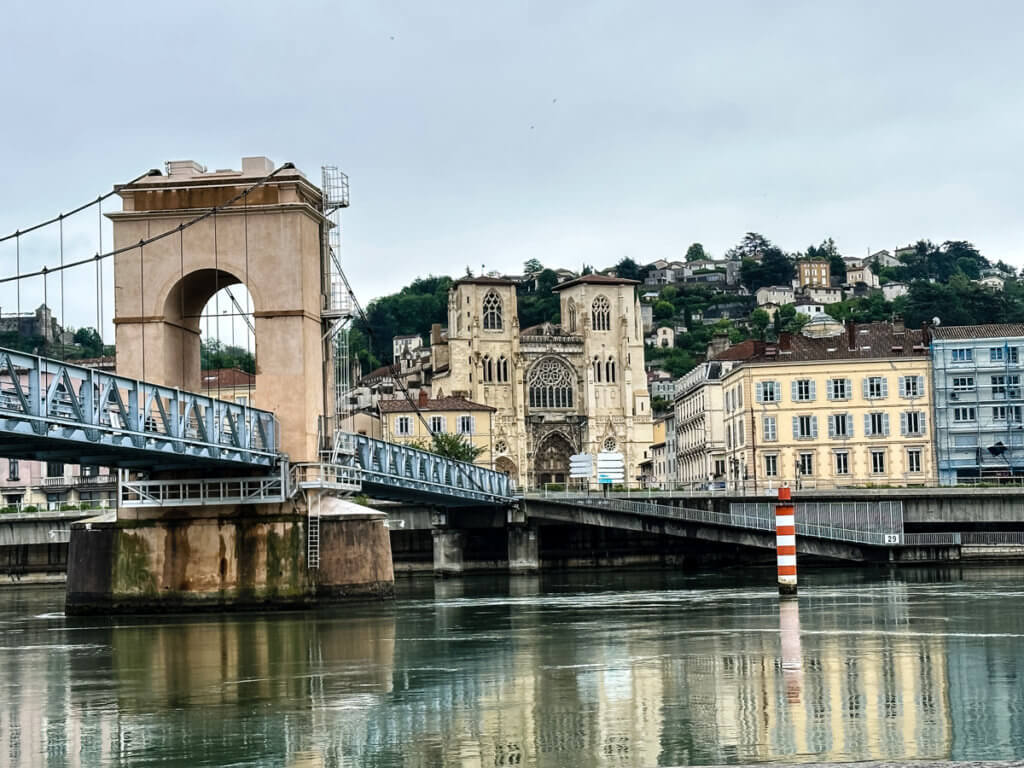
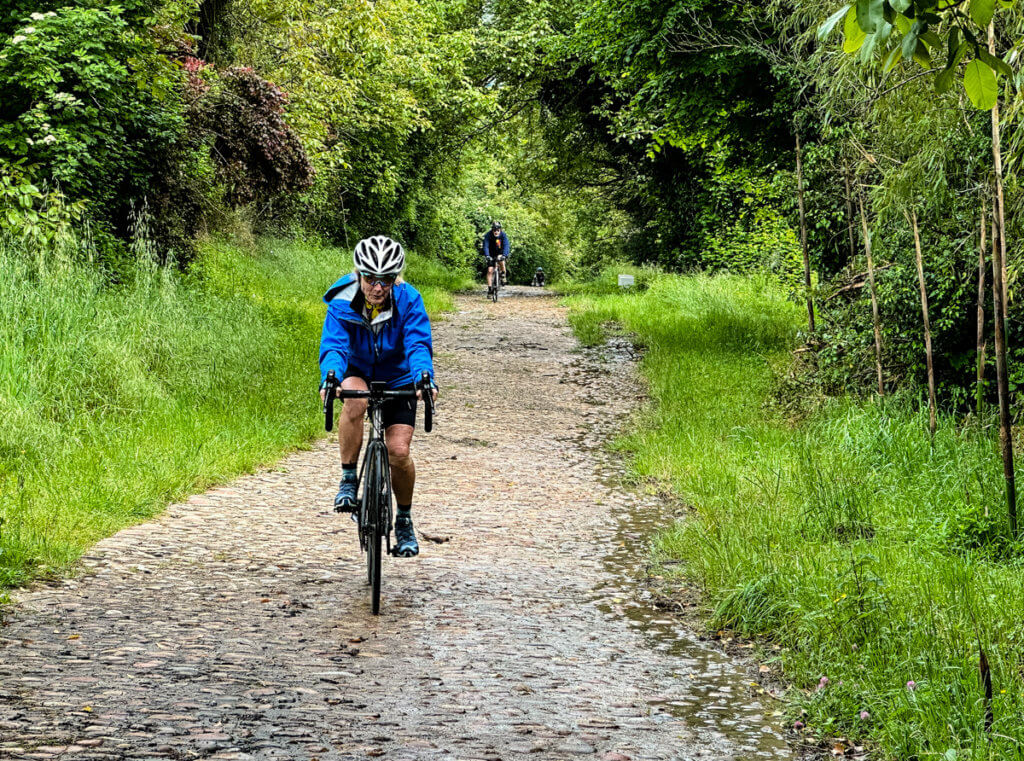
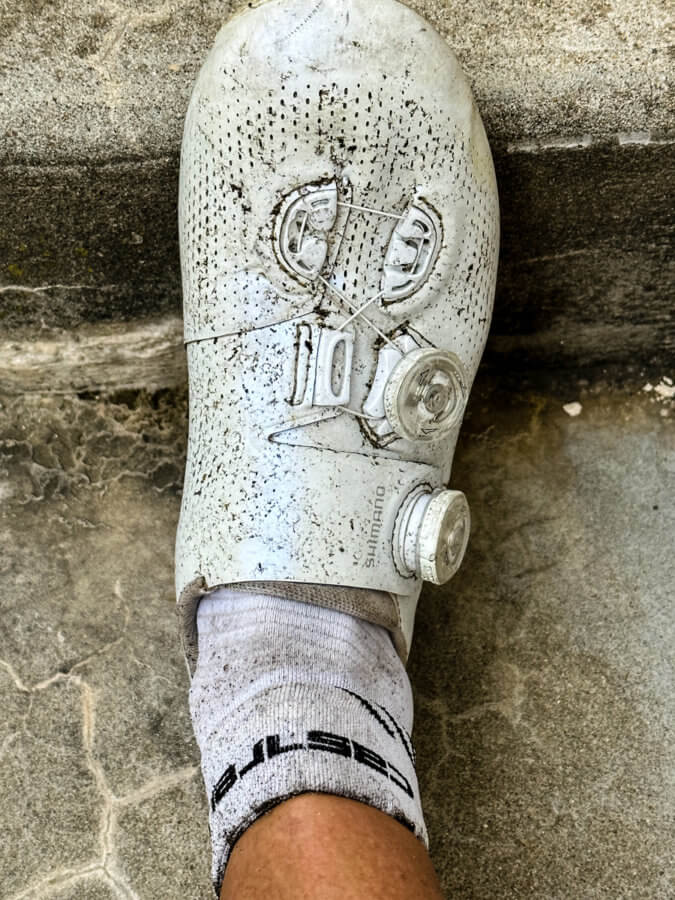

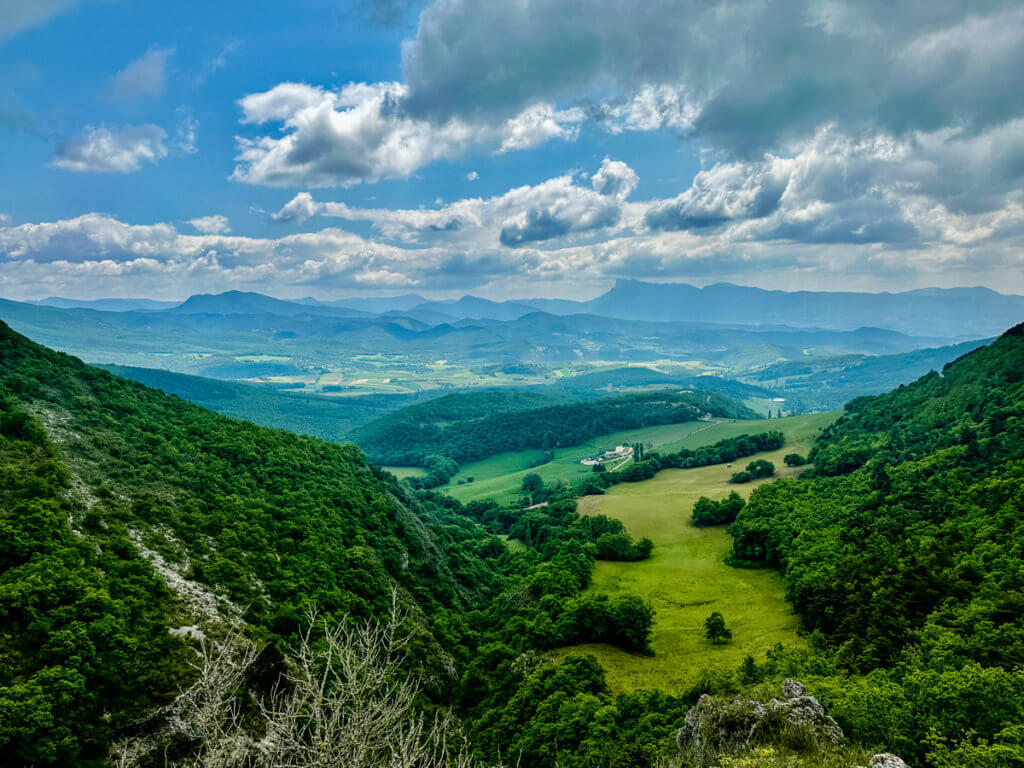
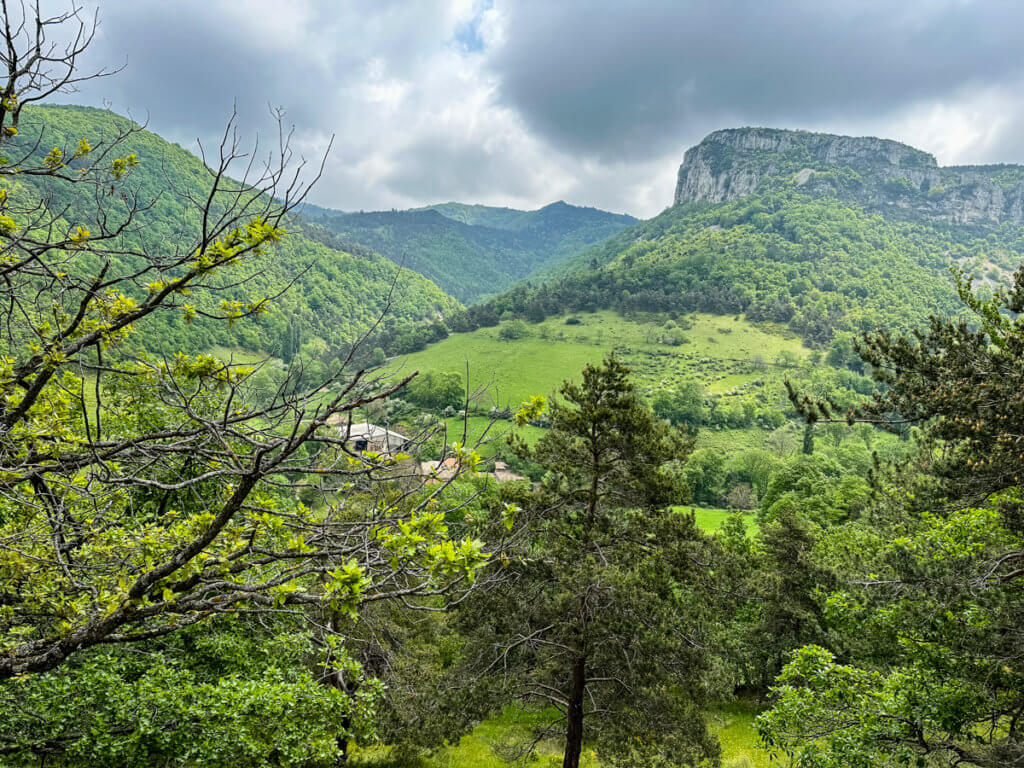
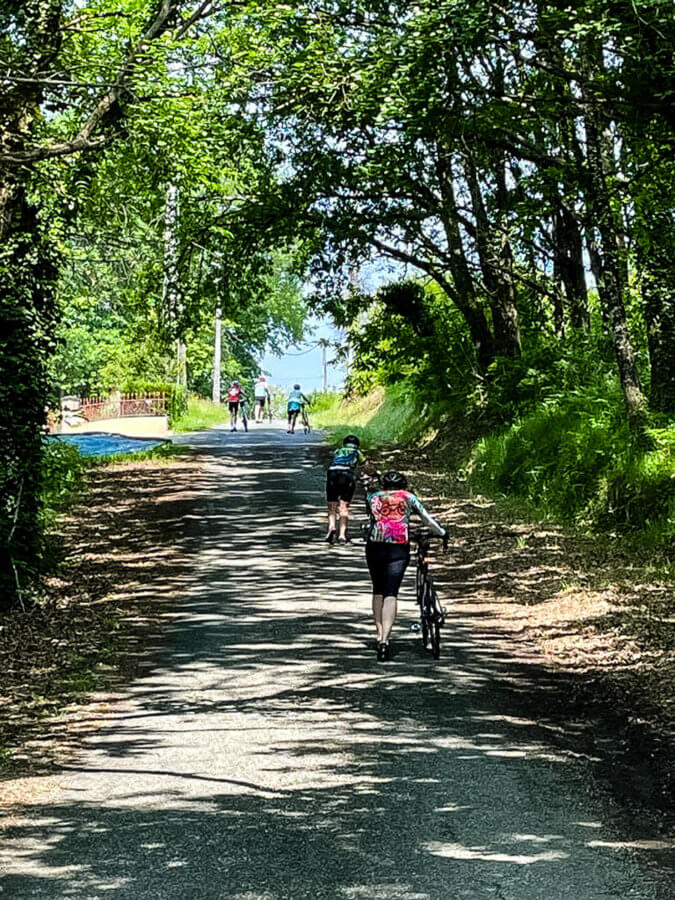
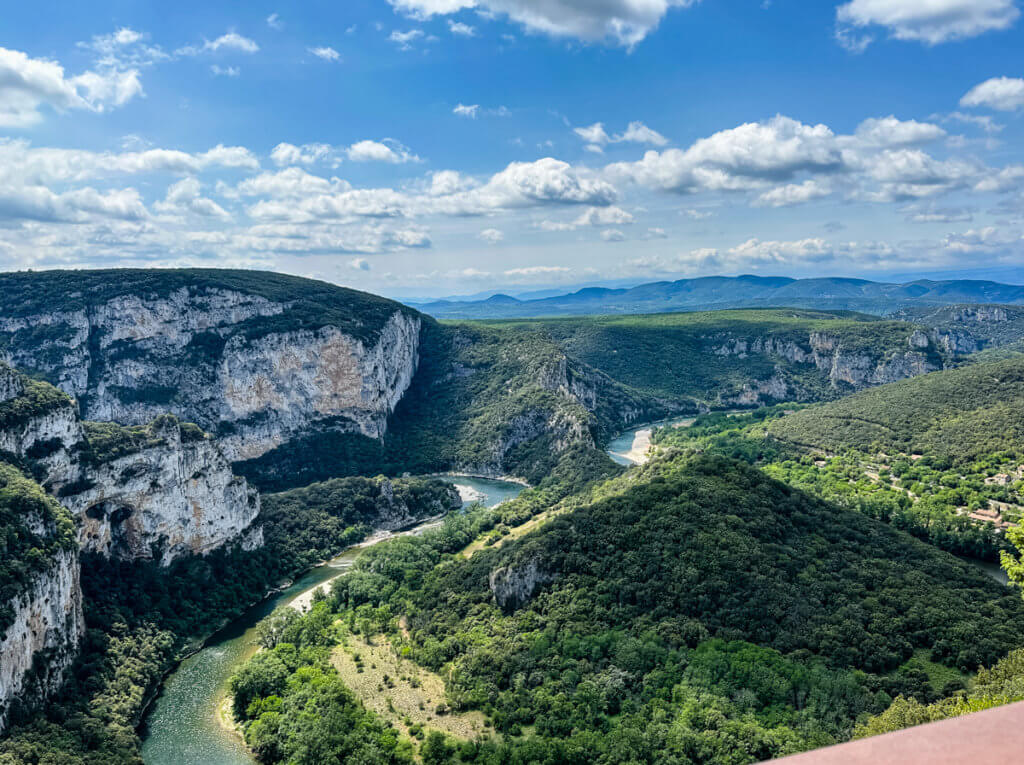
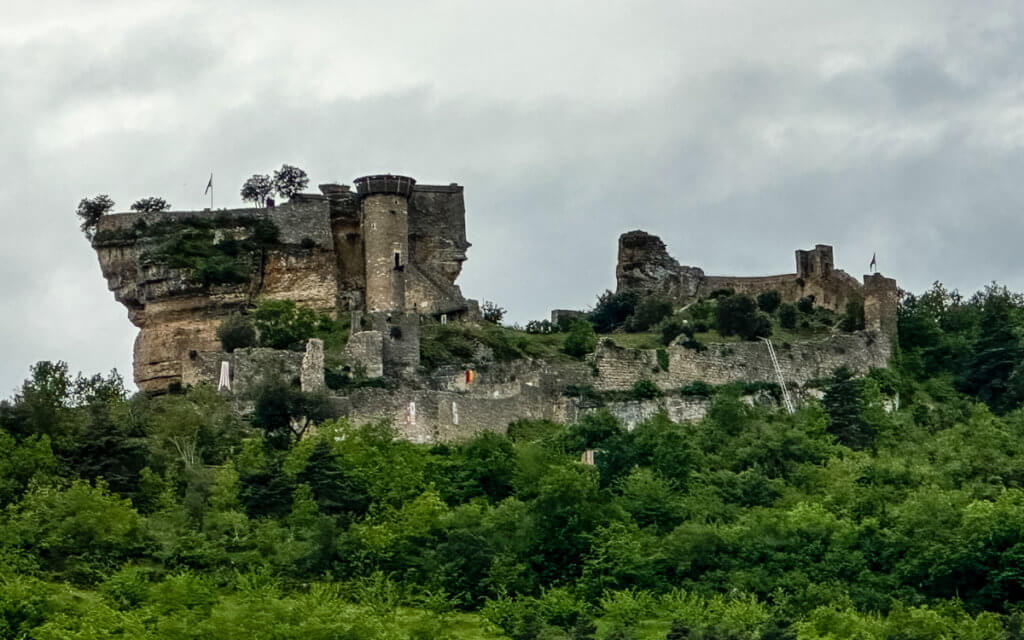
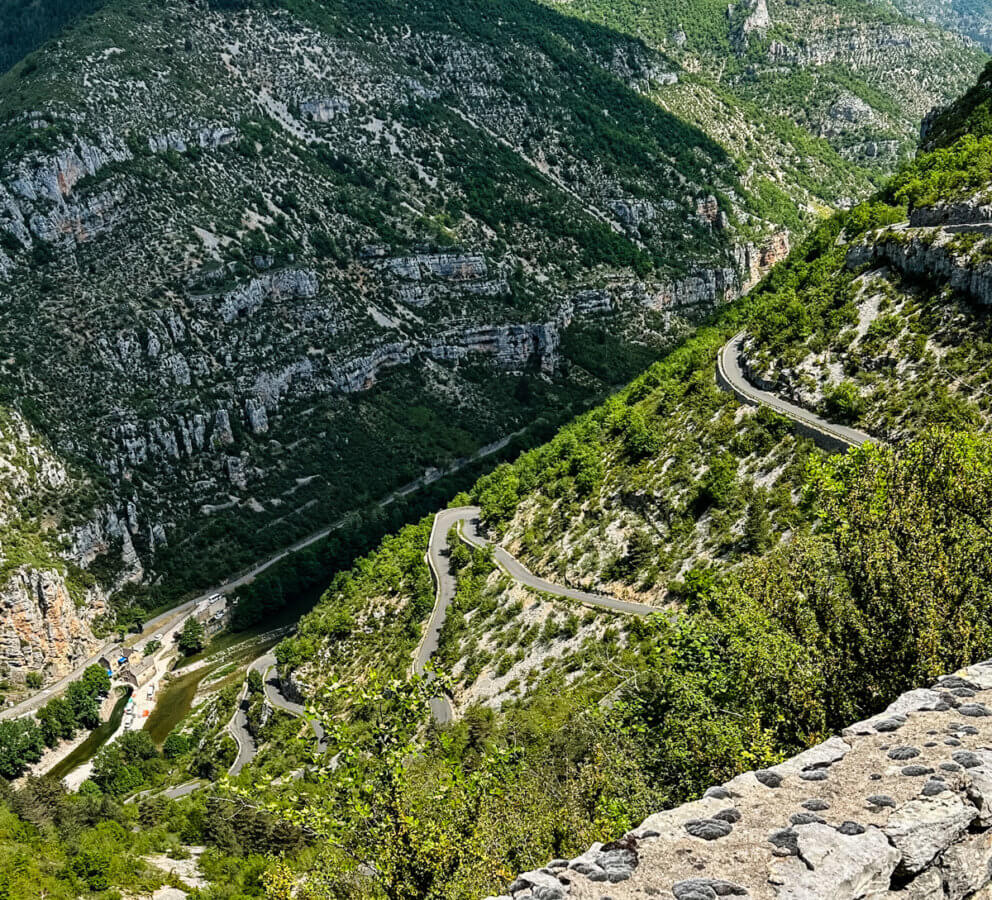
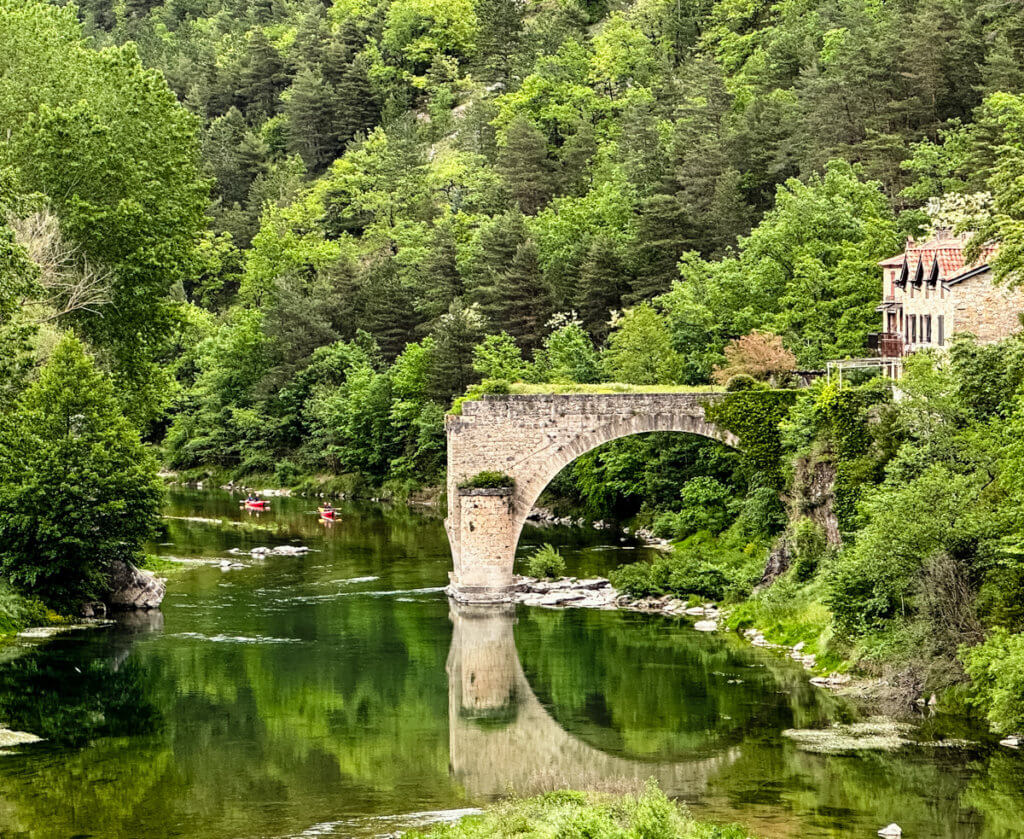
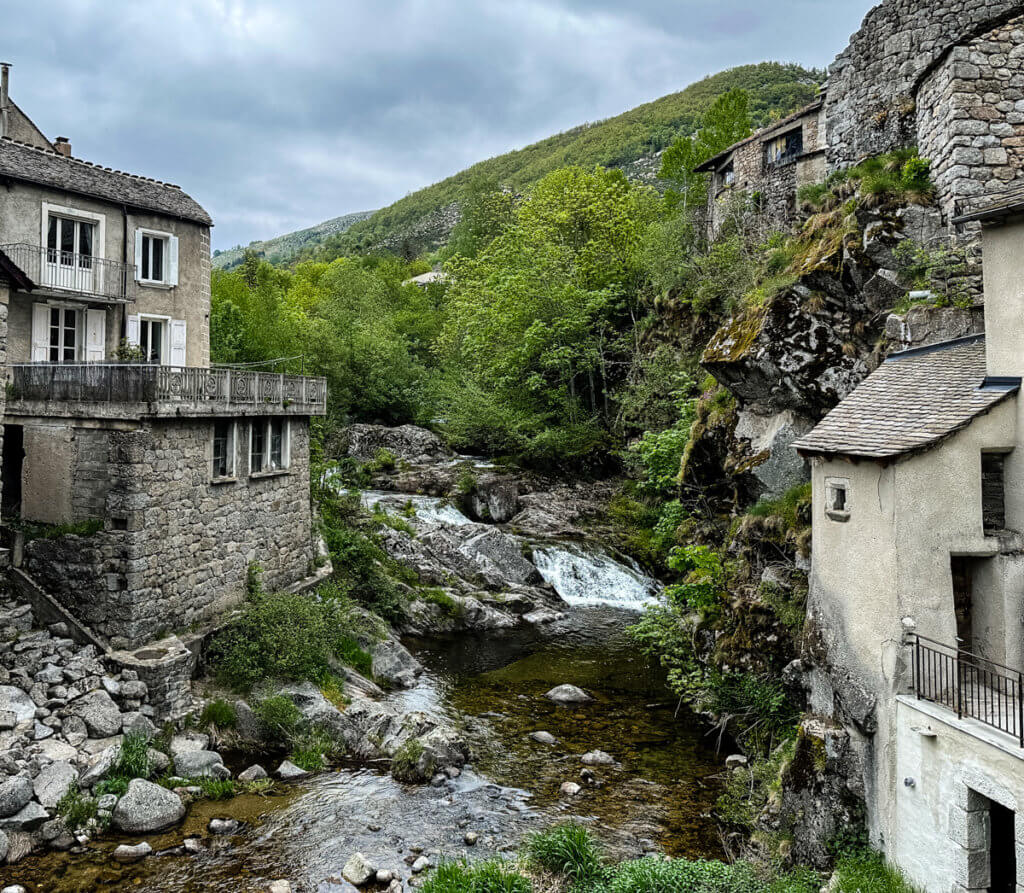
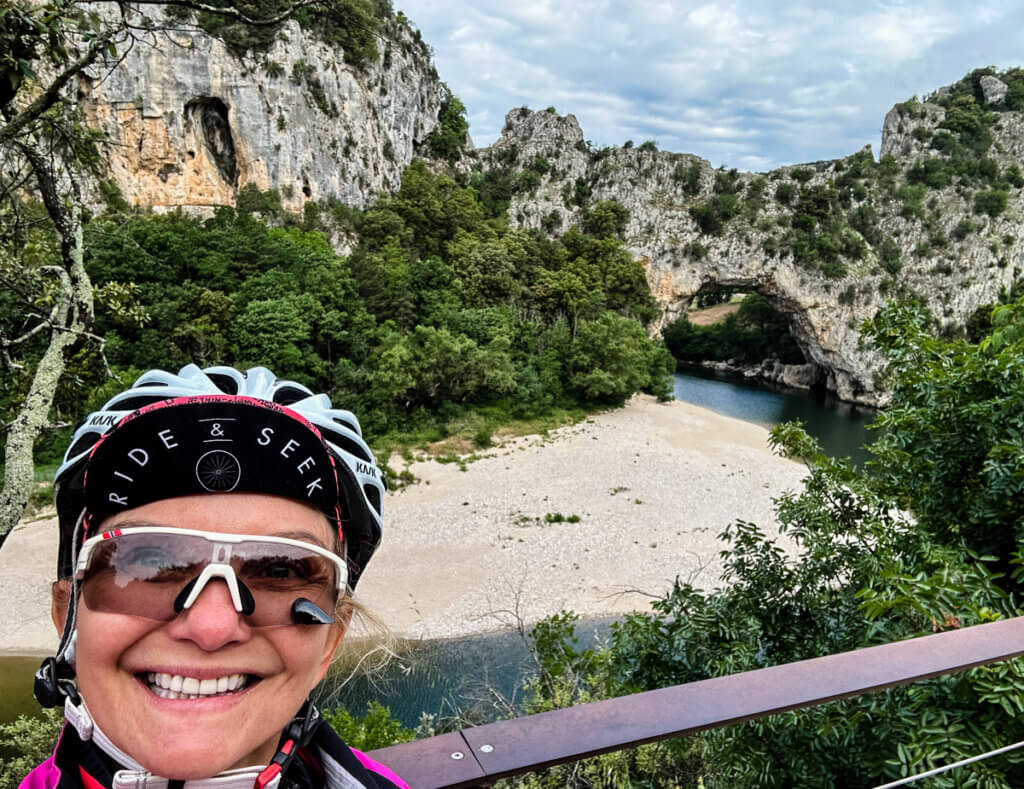
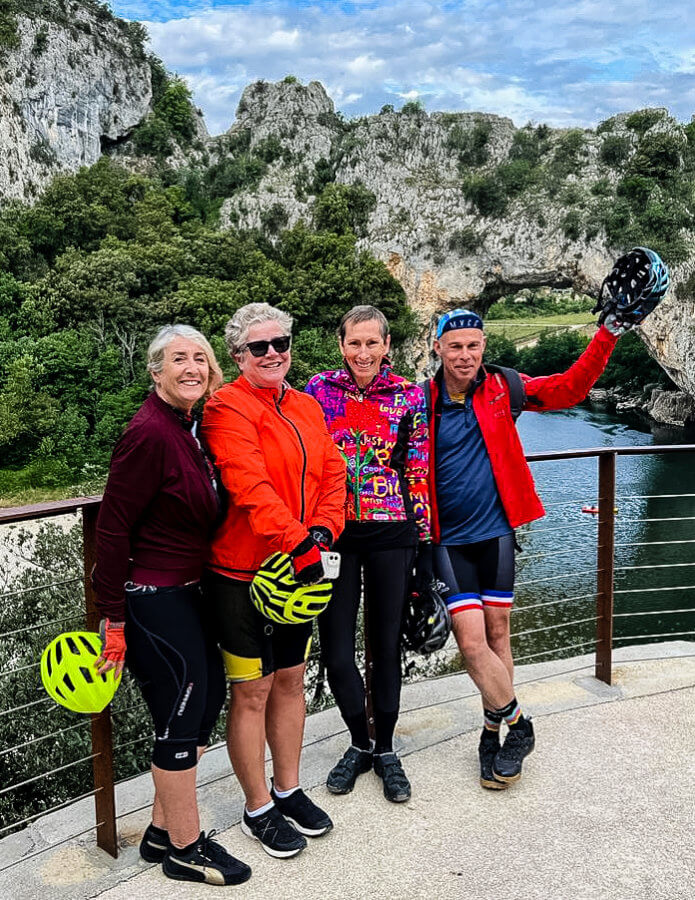
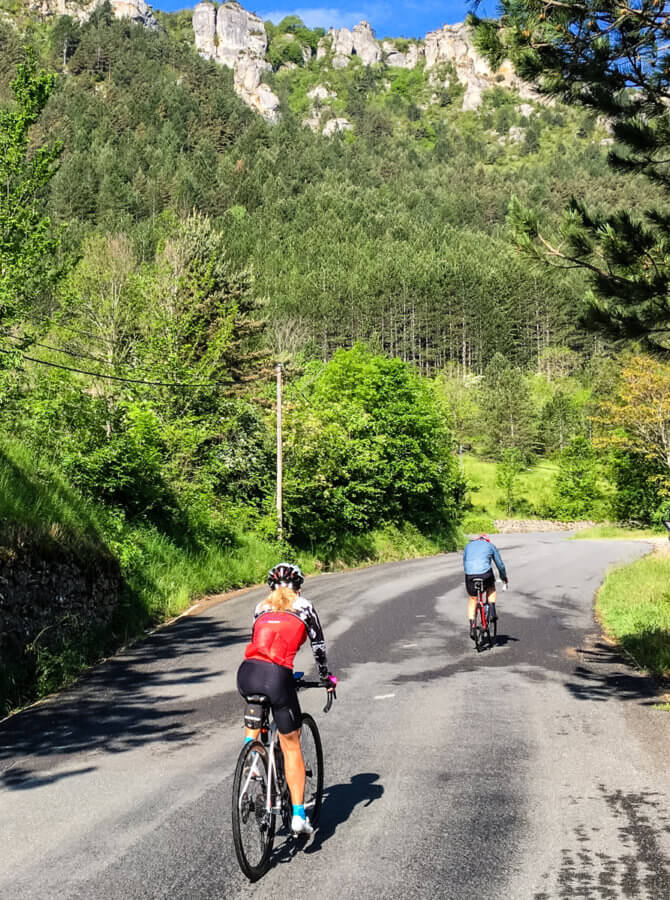
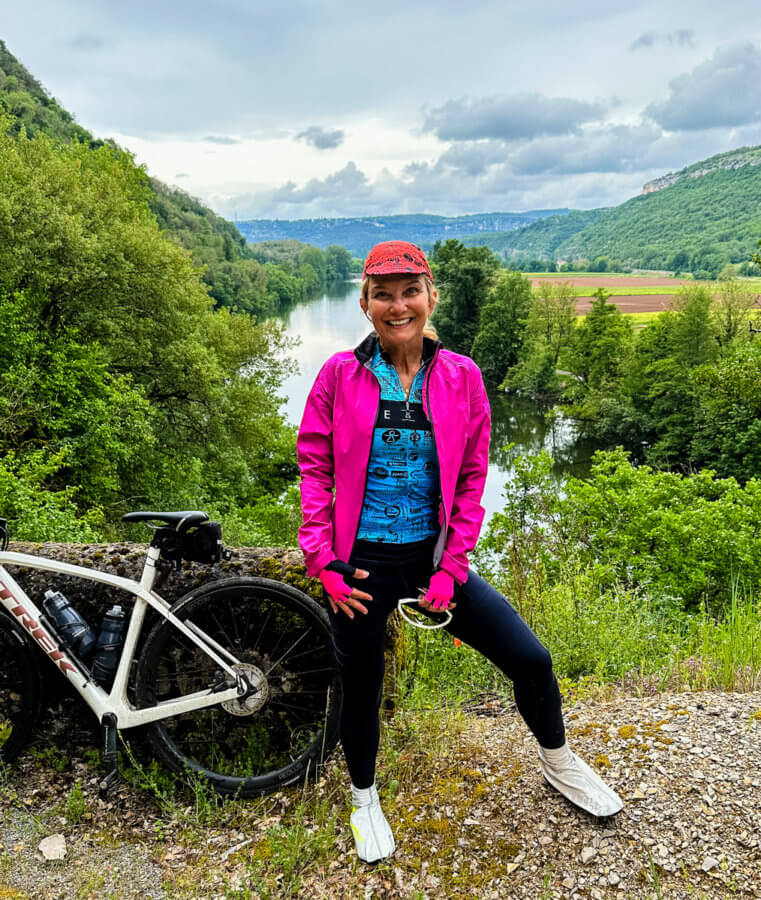
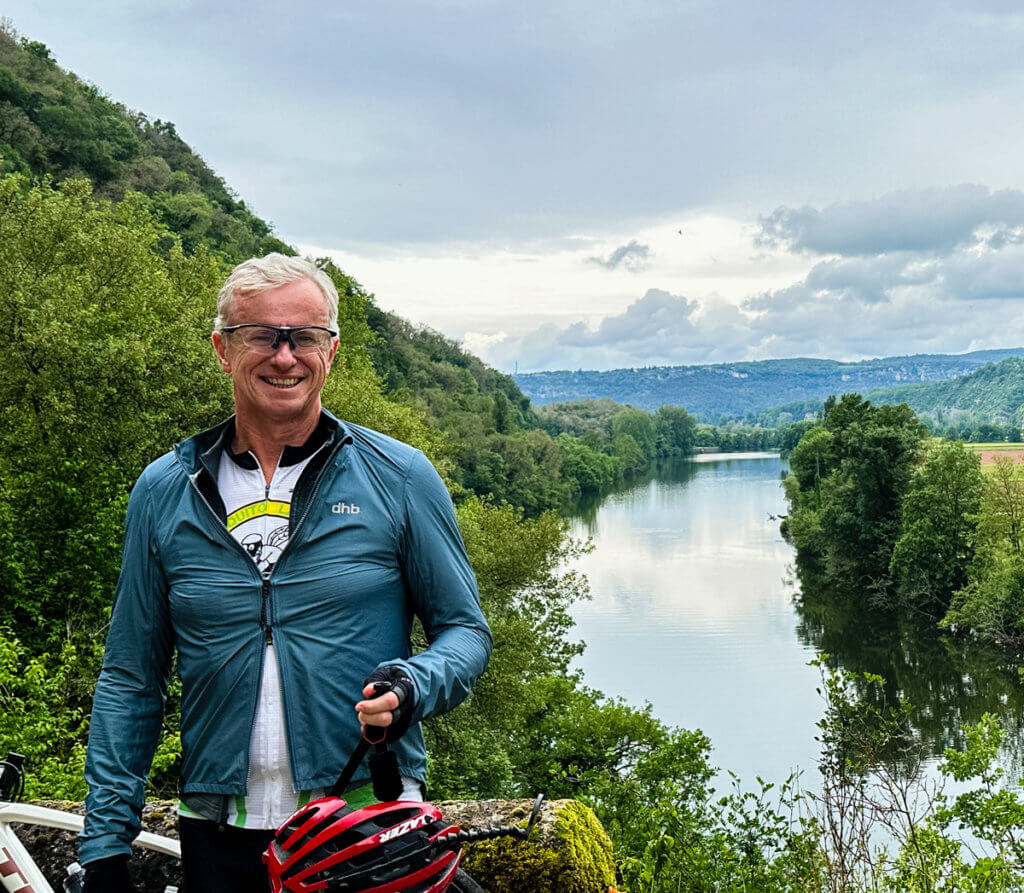
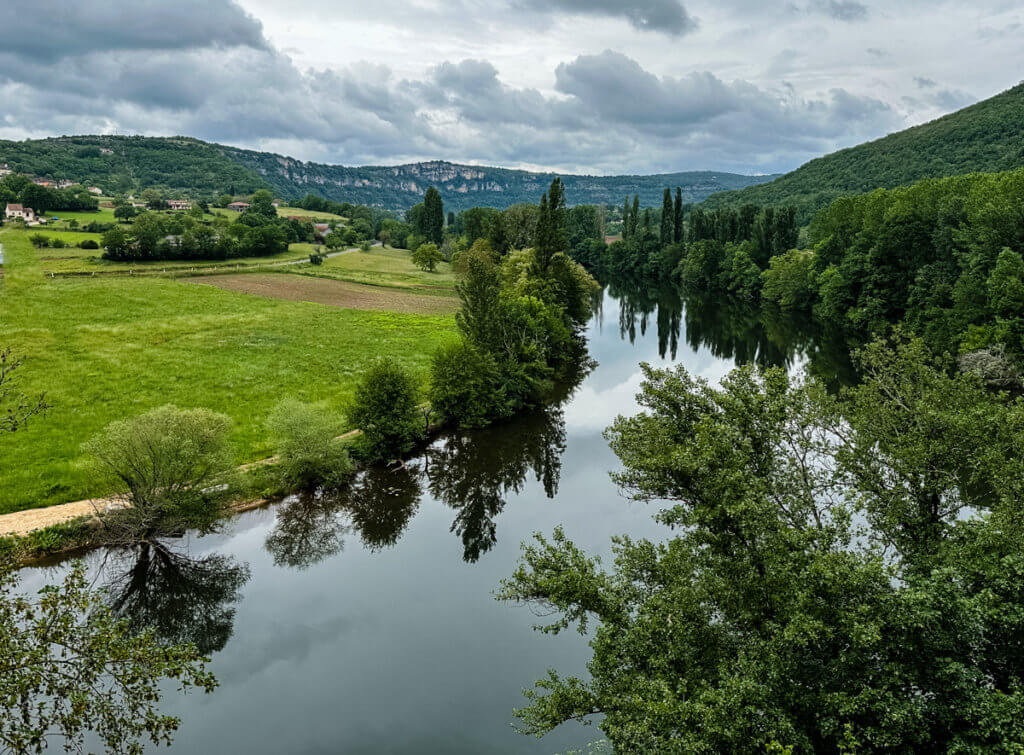
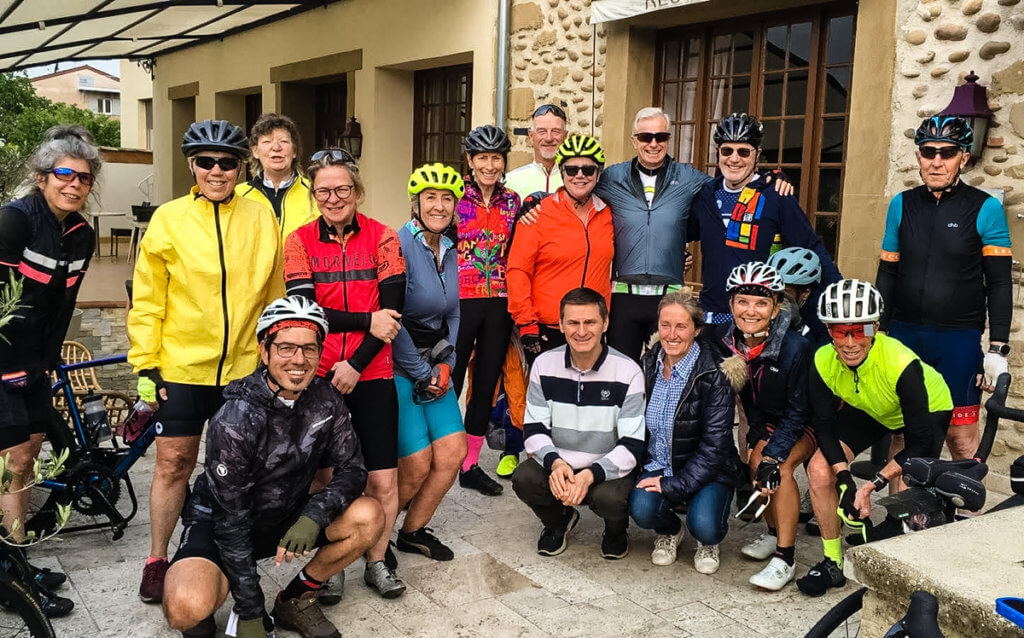
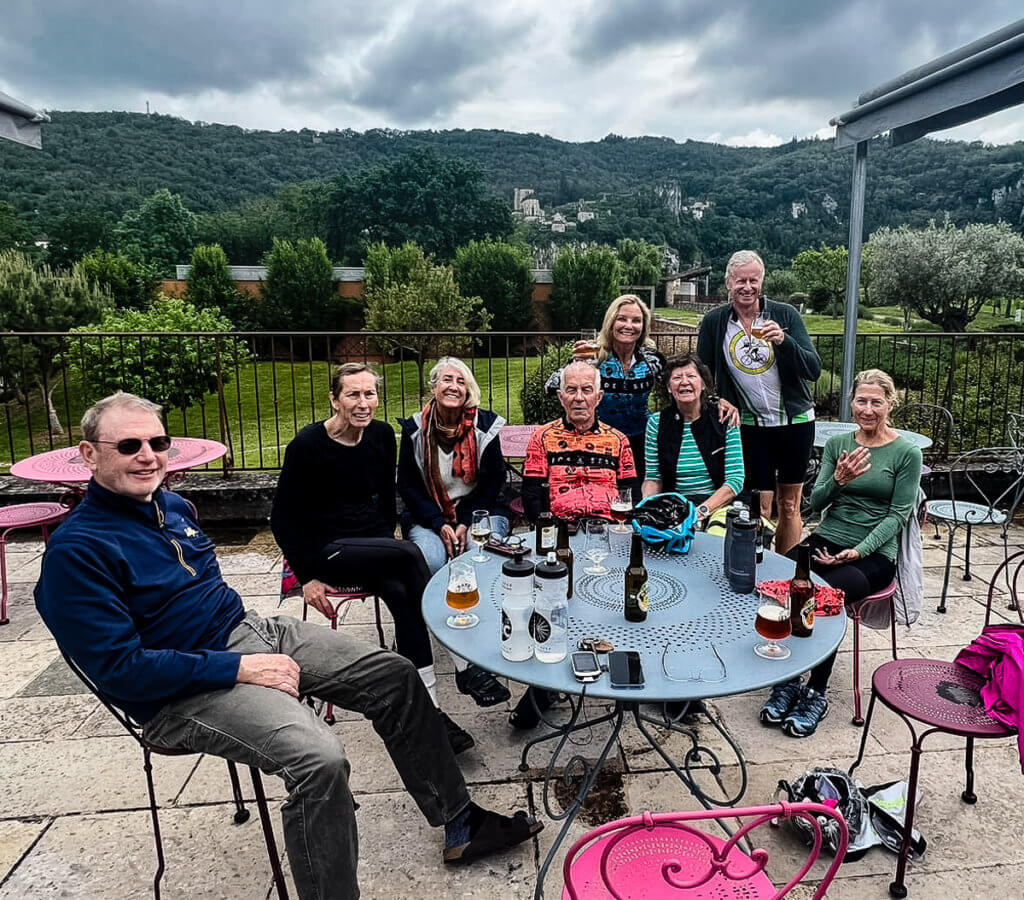

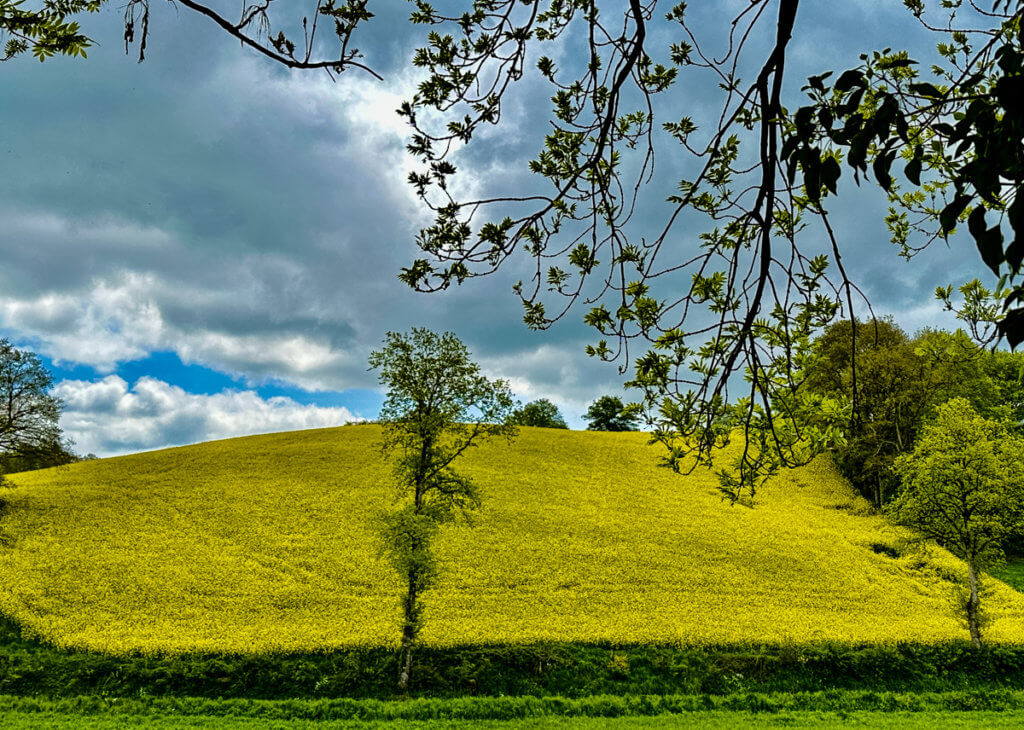
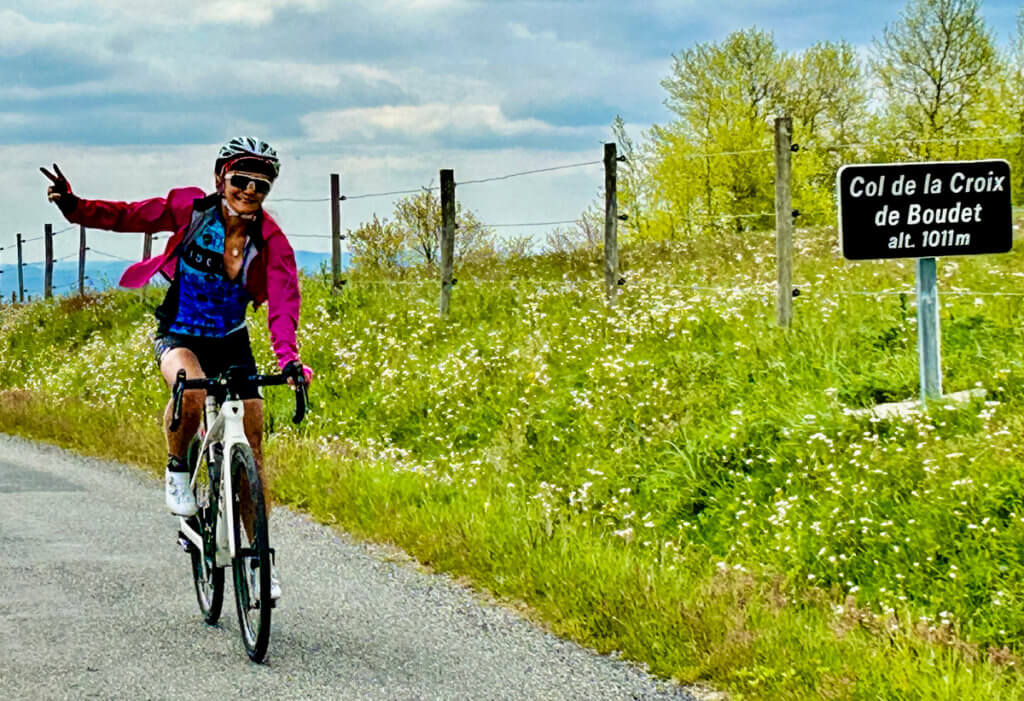
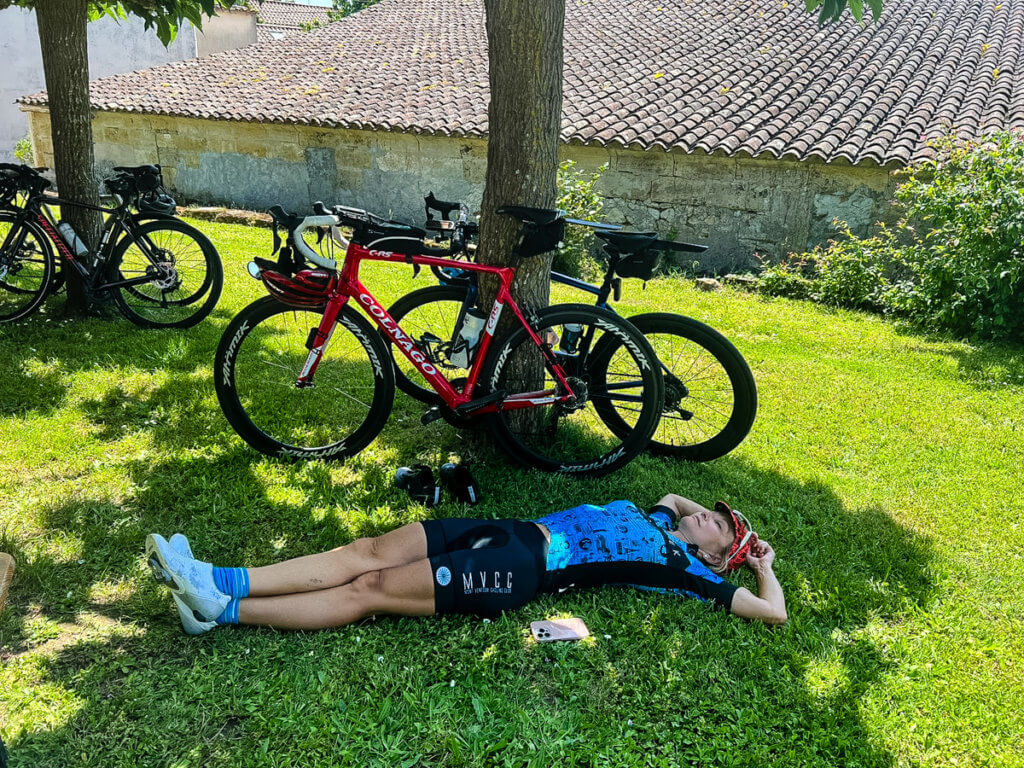
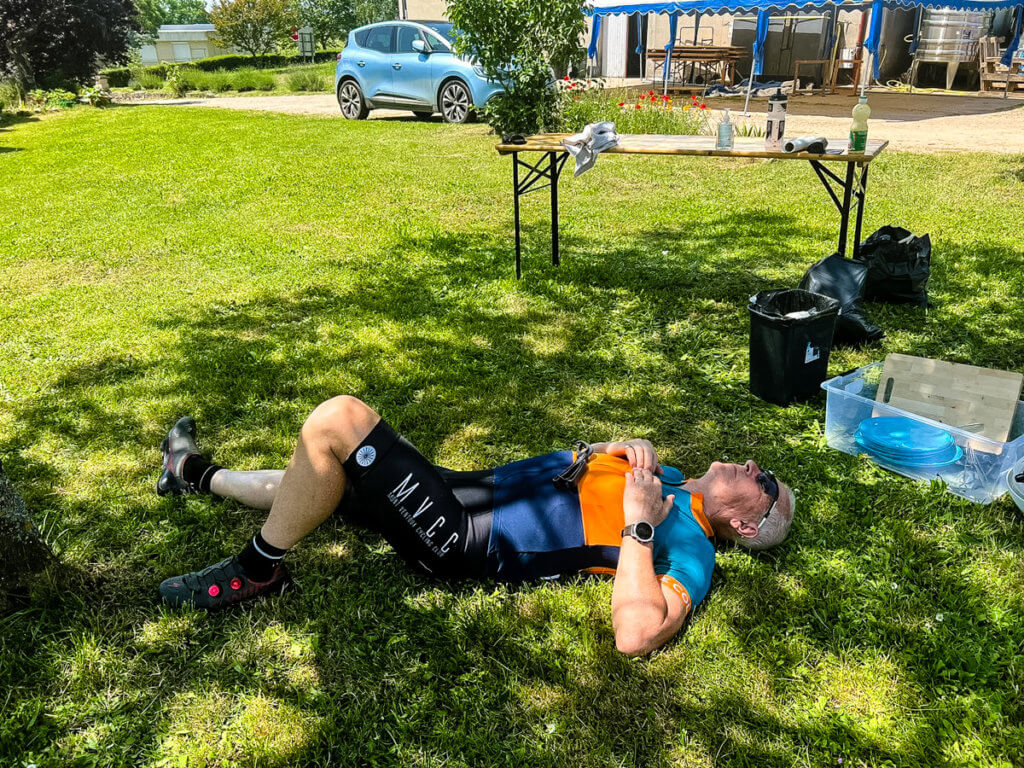
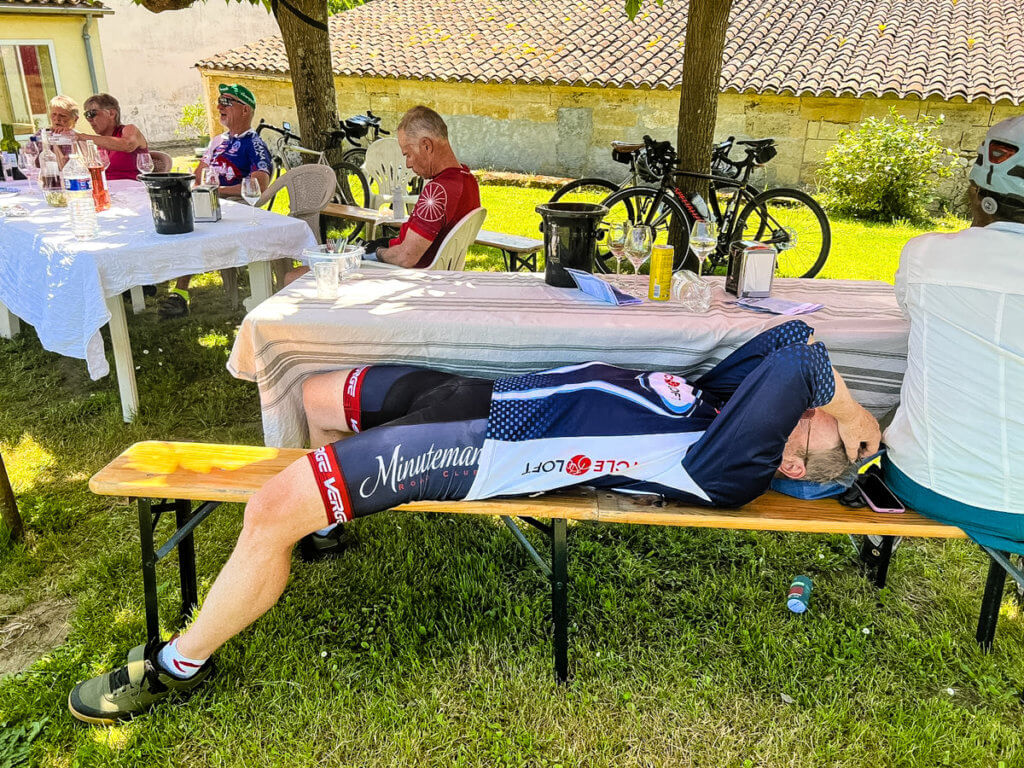
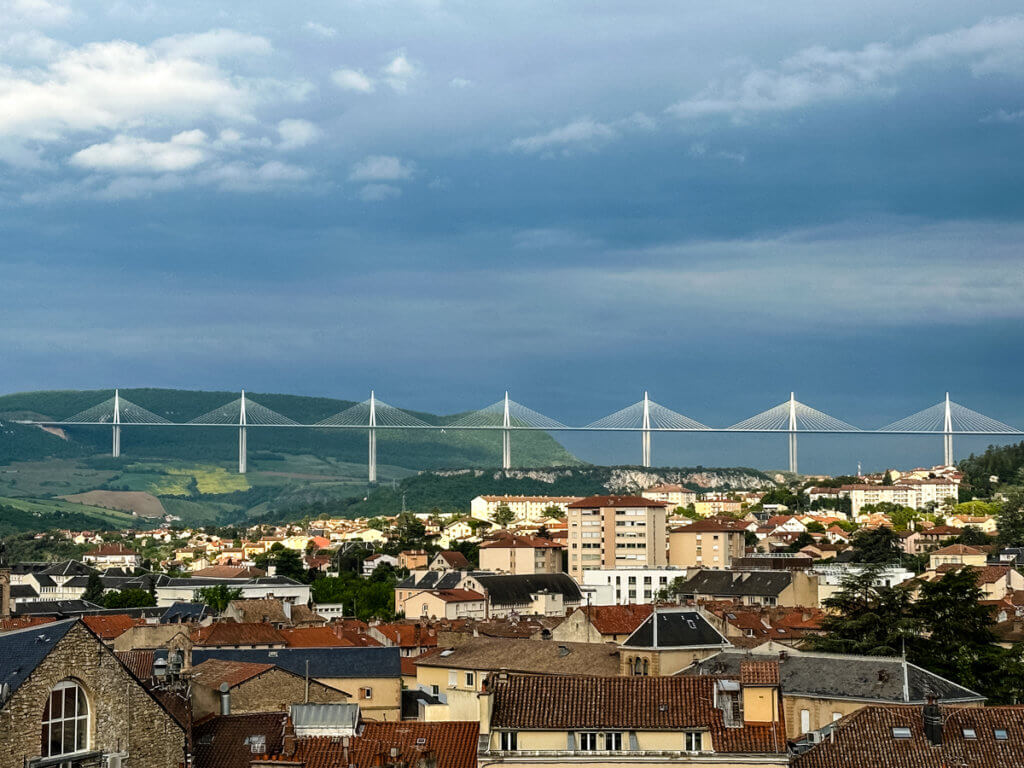
Highest bridge in the world, Viaduct Millau
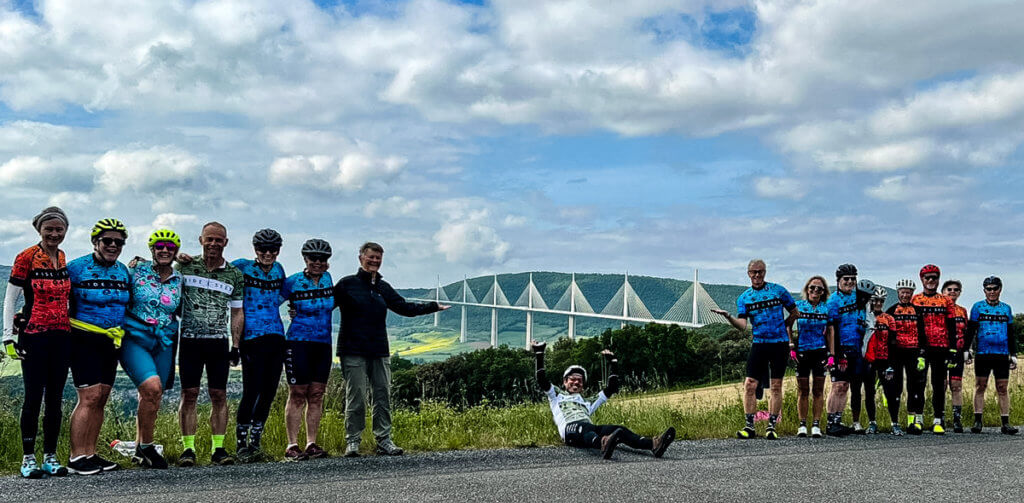
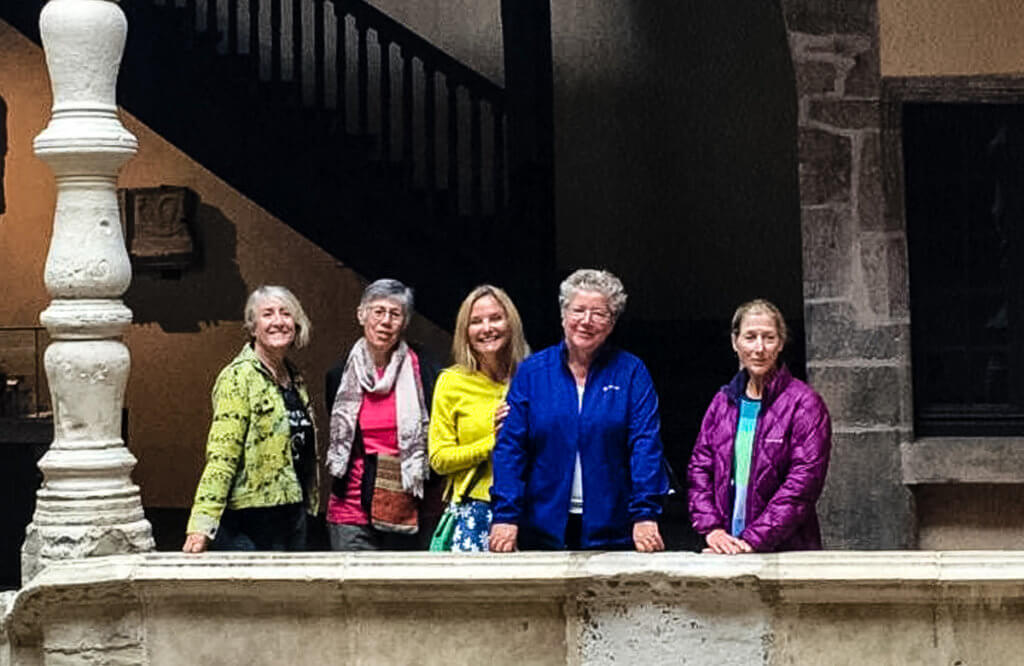
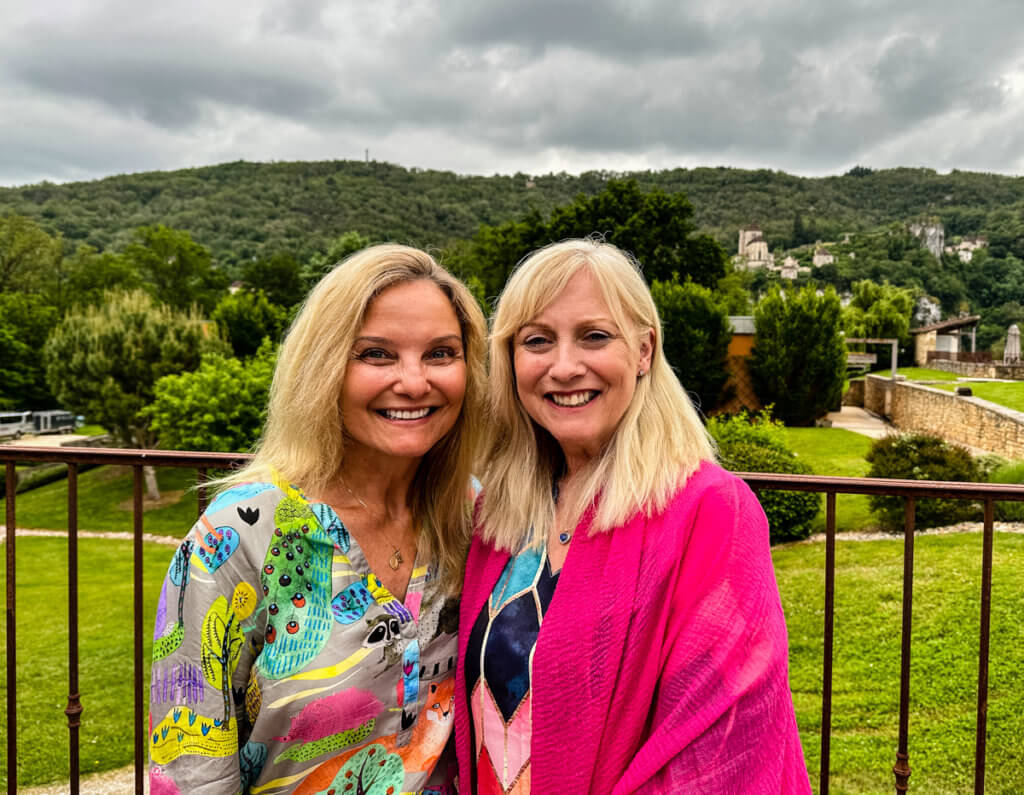
Lascaux
Lascaux is a network of caves near the village of Montignac, in the department of Dordogne in southwestern France. Over 600 prehistoric wall paintings cover the interior walls and ceilings of the cave. The paintings represent primarily large animals that correspond with the fossil records of the Upper Paleolithic Era in the area. They are the combined effort of many generations and, with continued debate, the age of the paintings is now usually estimated at around 17,000 years.

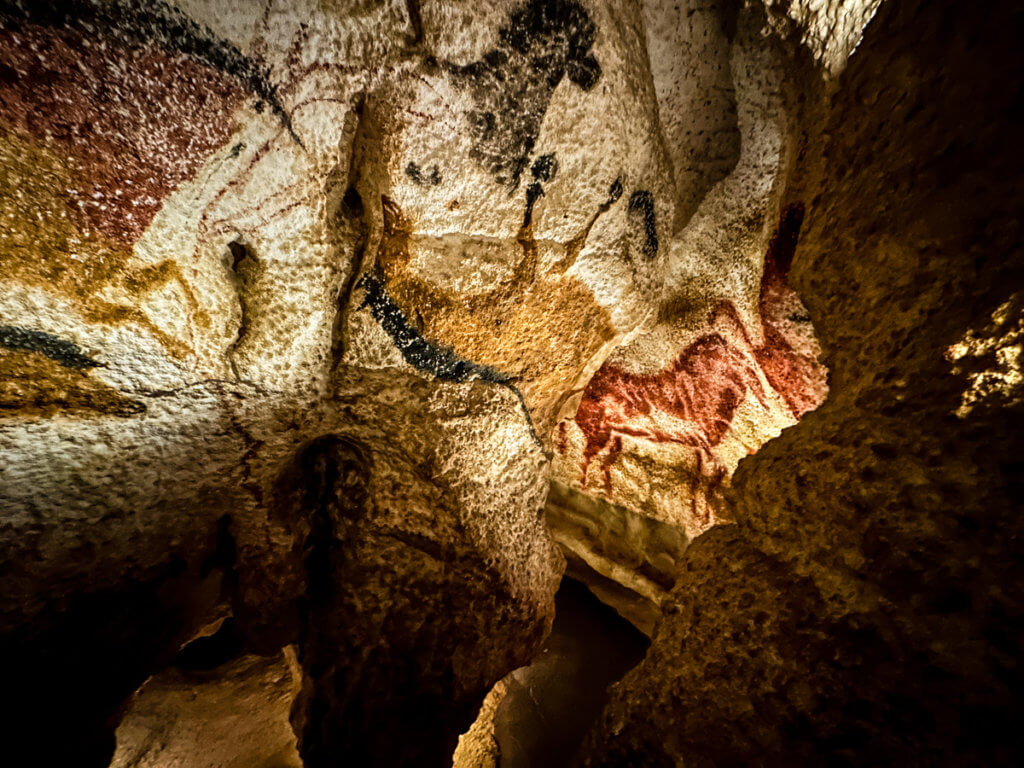
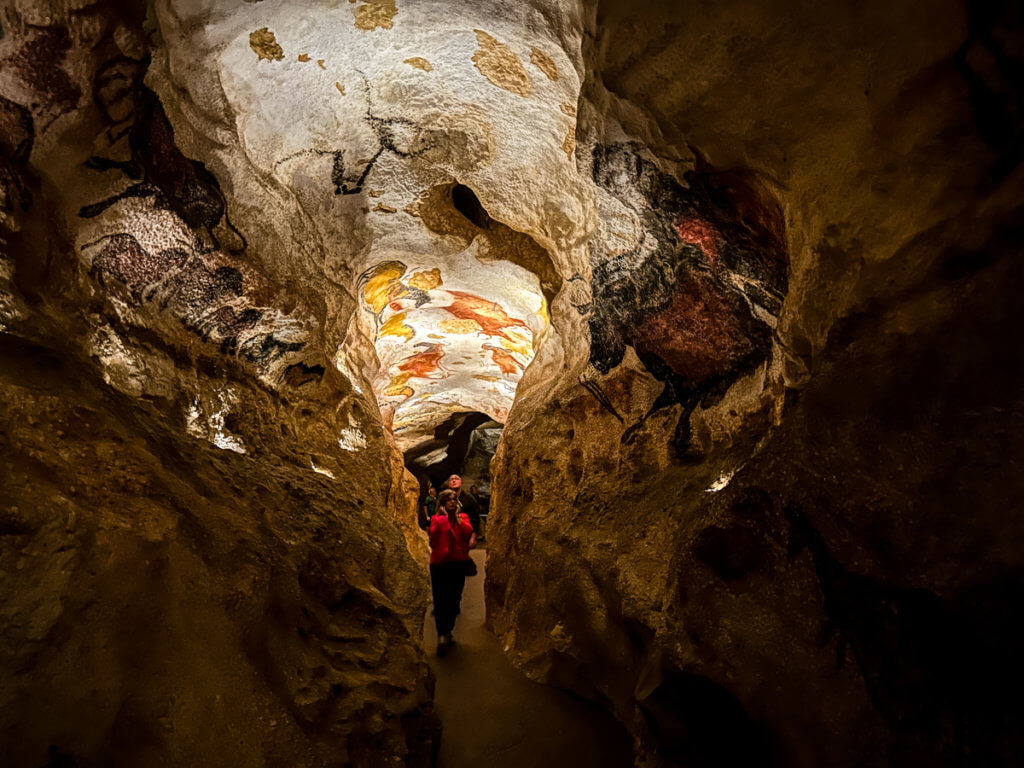
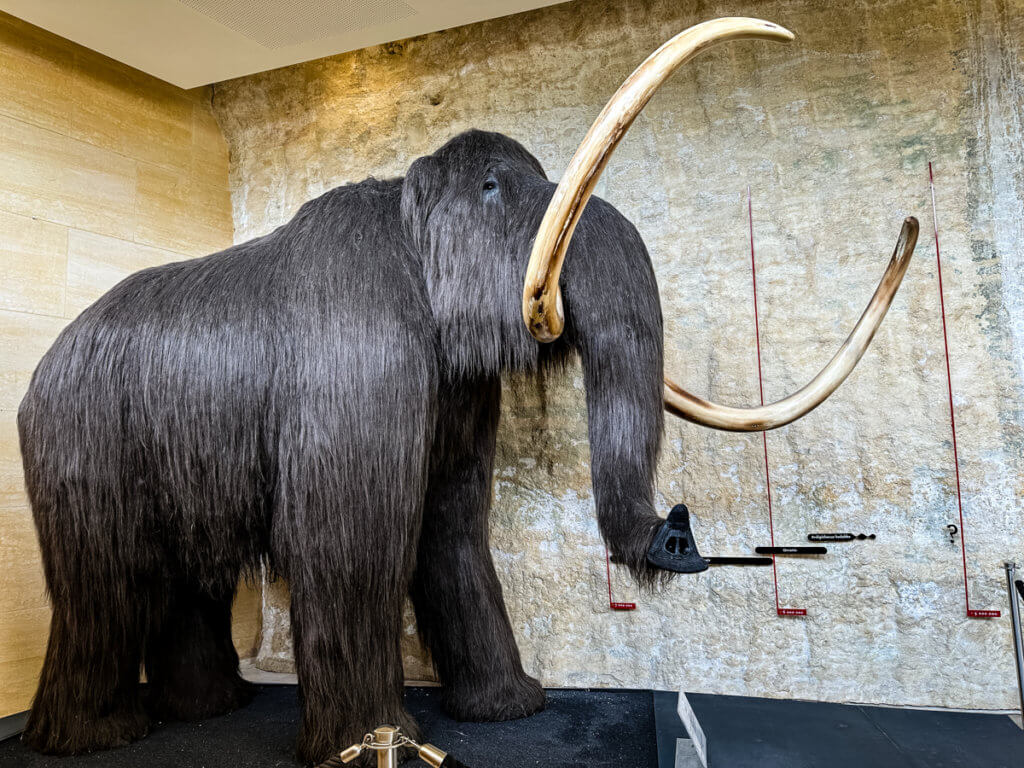
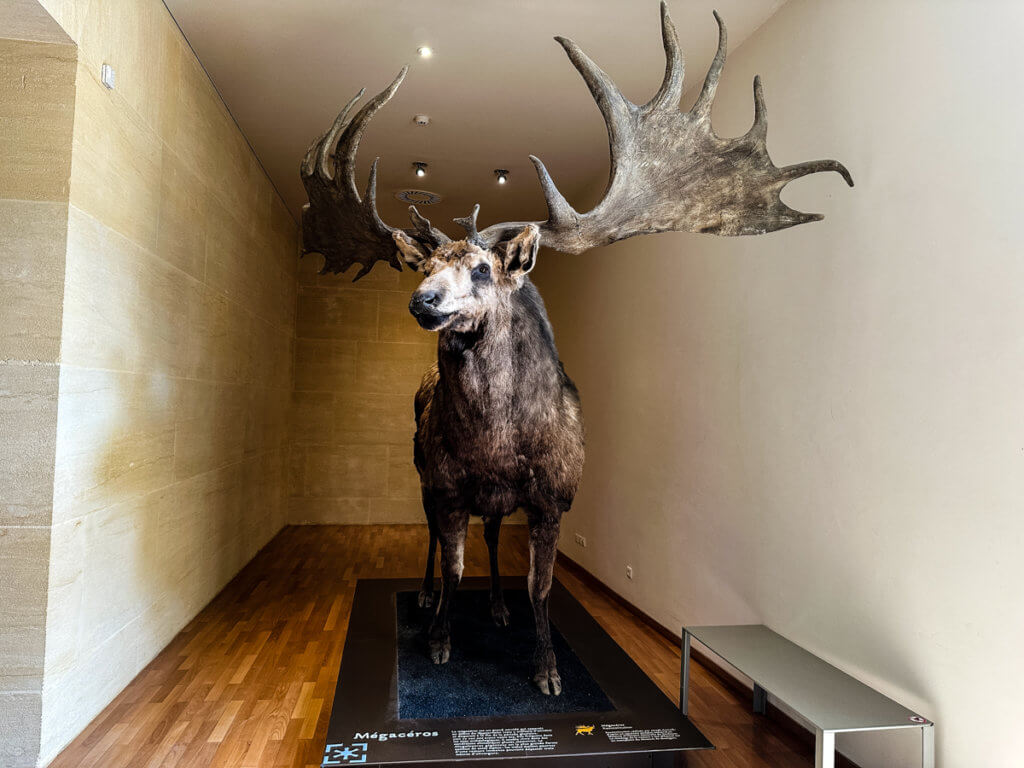
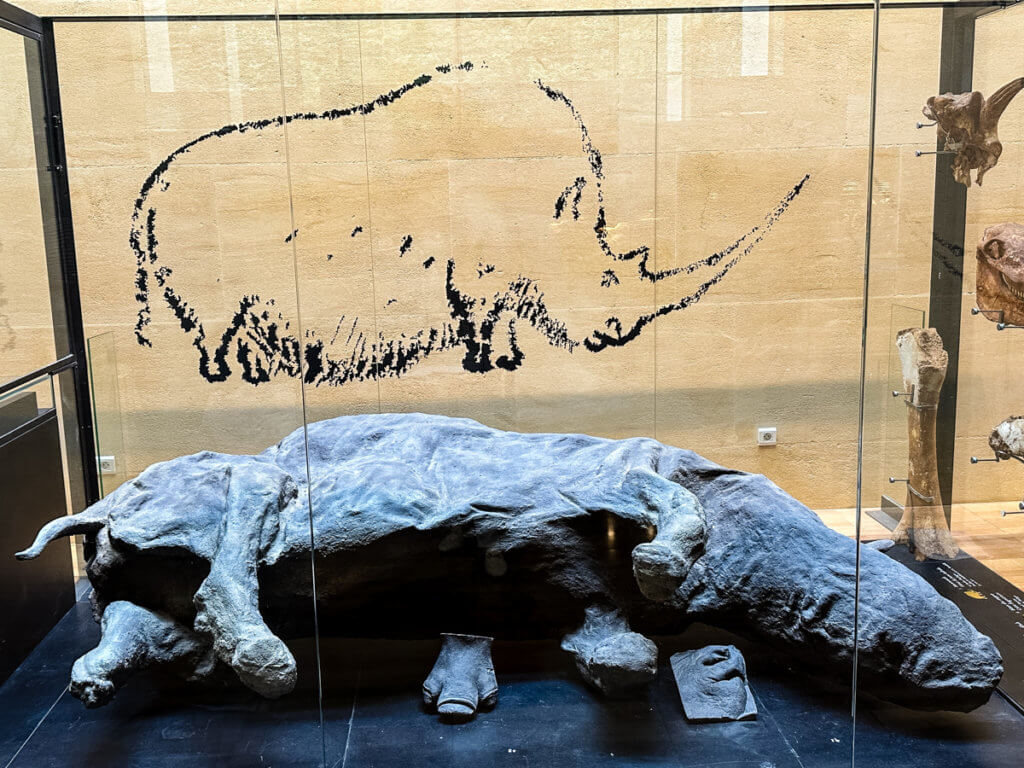
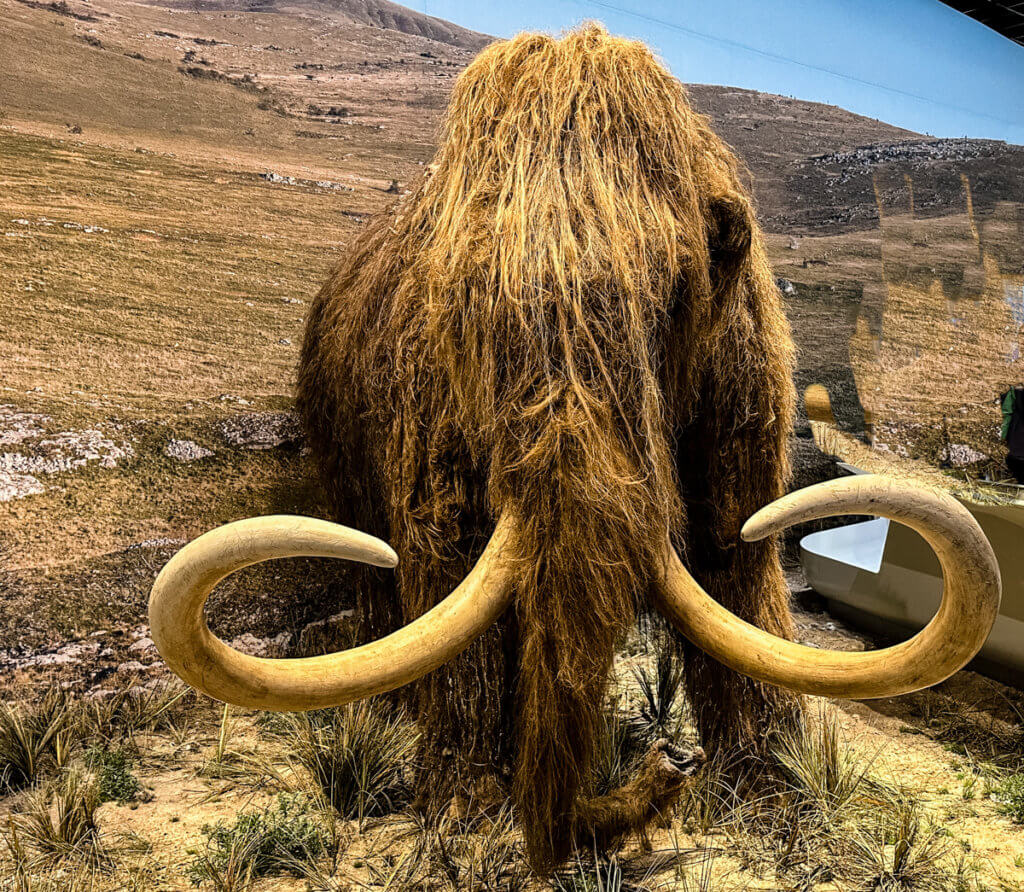
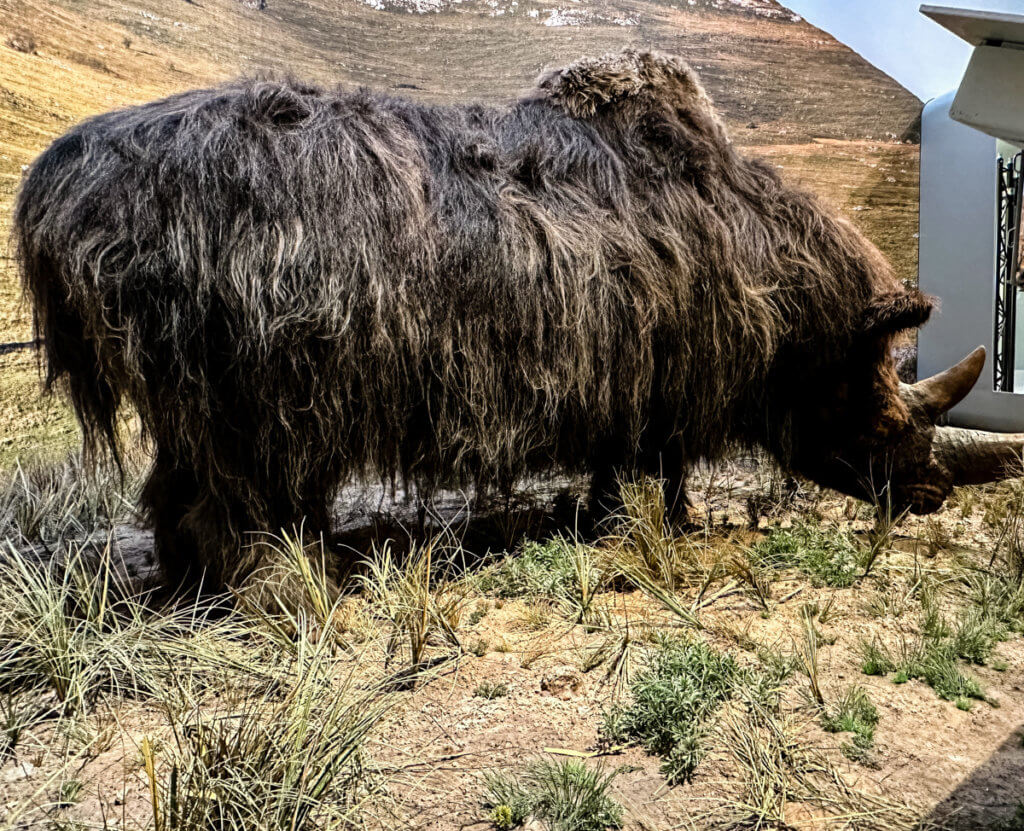
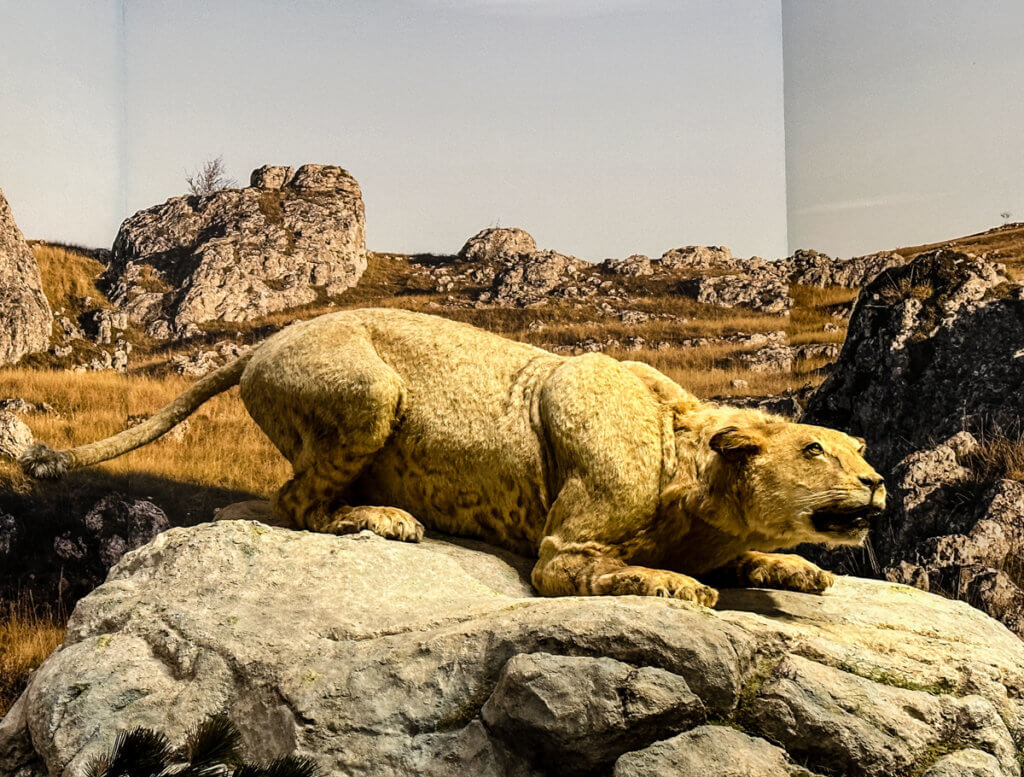
Les Eyzies
Discovered in 1868, Cro-Magnon was among the first fossils to be recognized as belonging to our own species—Homo sapiens. This famous fossil skull is from one of several modern human skeletons found at the famous rock shelter site at Cro-Magnon, near the village of Les Eyzies, France.
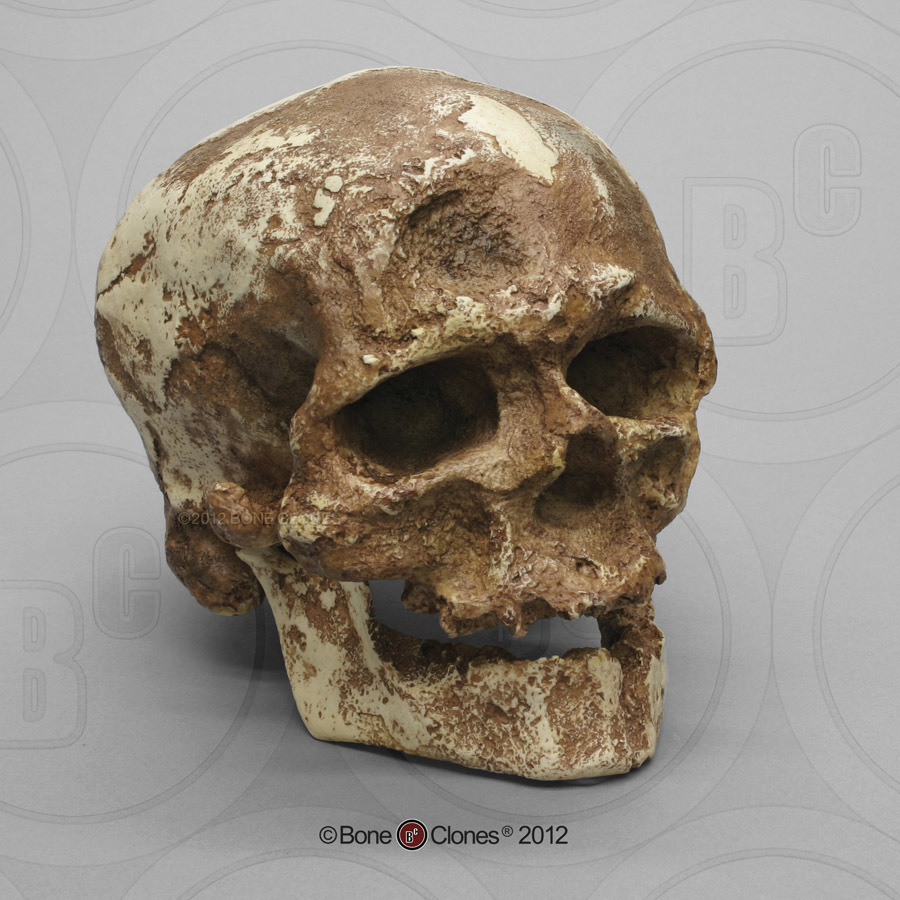
Mr. “Magnon” was the name of the person who owned the land where French palaeontologist Louis Lartet found the skull. Basically, Cro-Magnon means “rock shelter in a hole on Magnon’s land.”
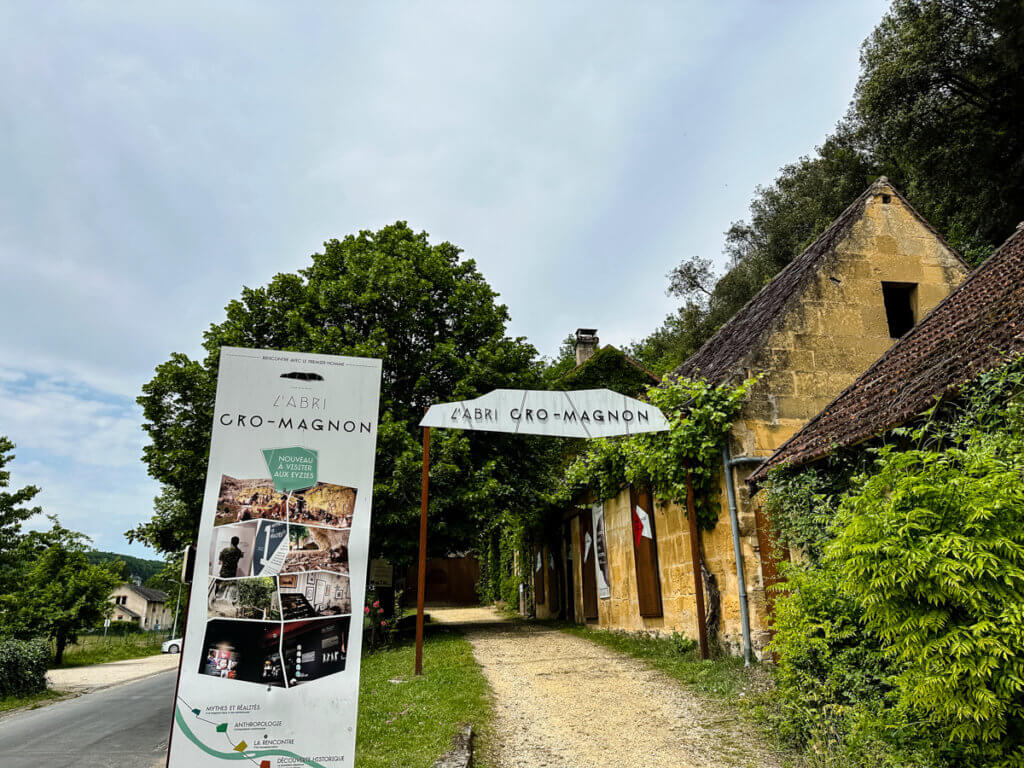
A few more scenes from cycling in Southwest France
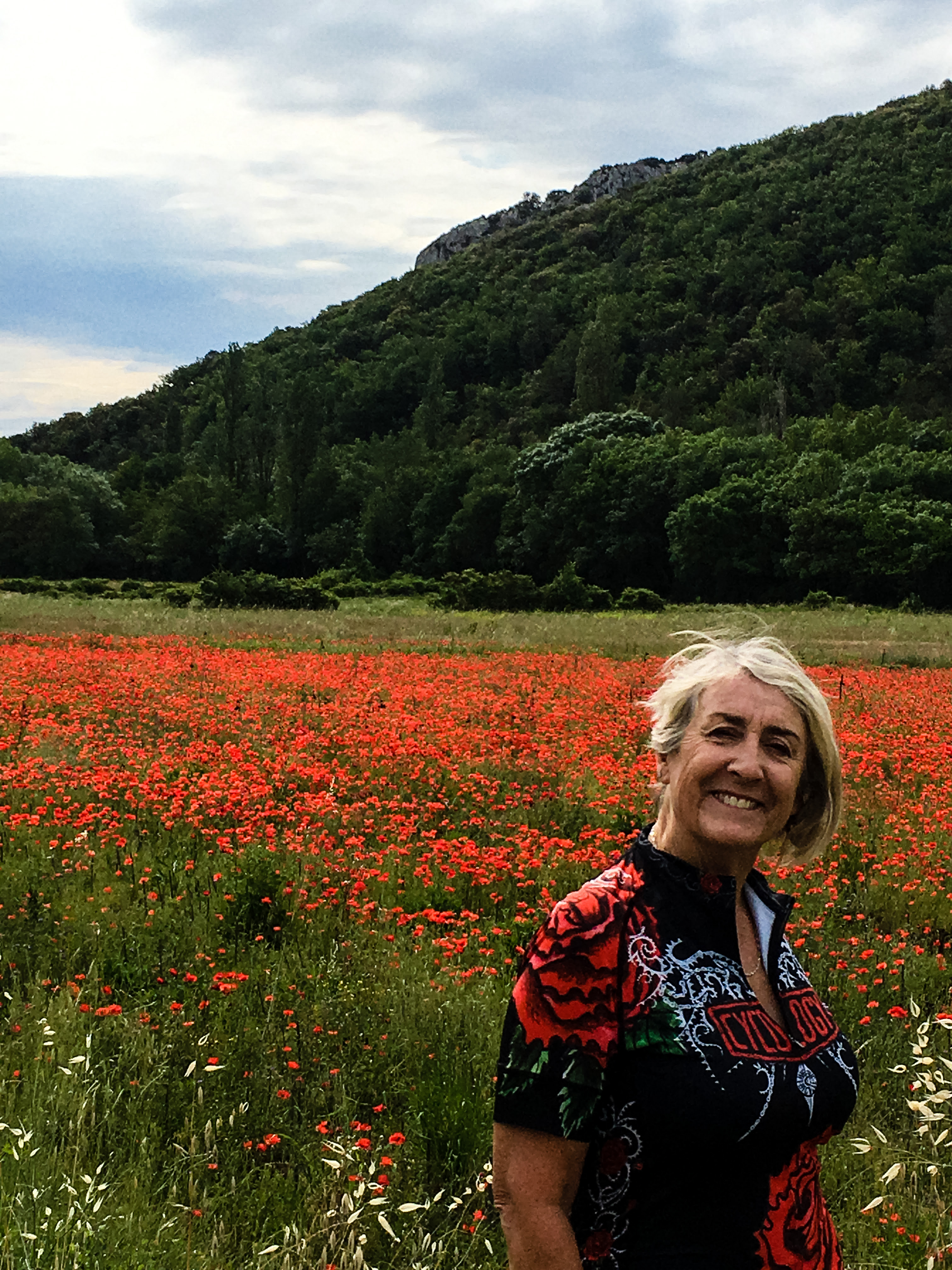
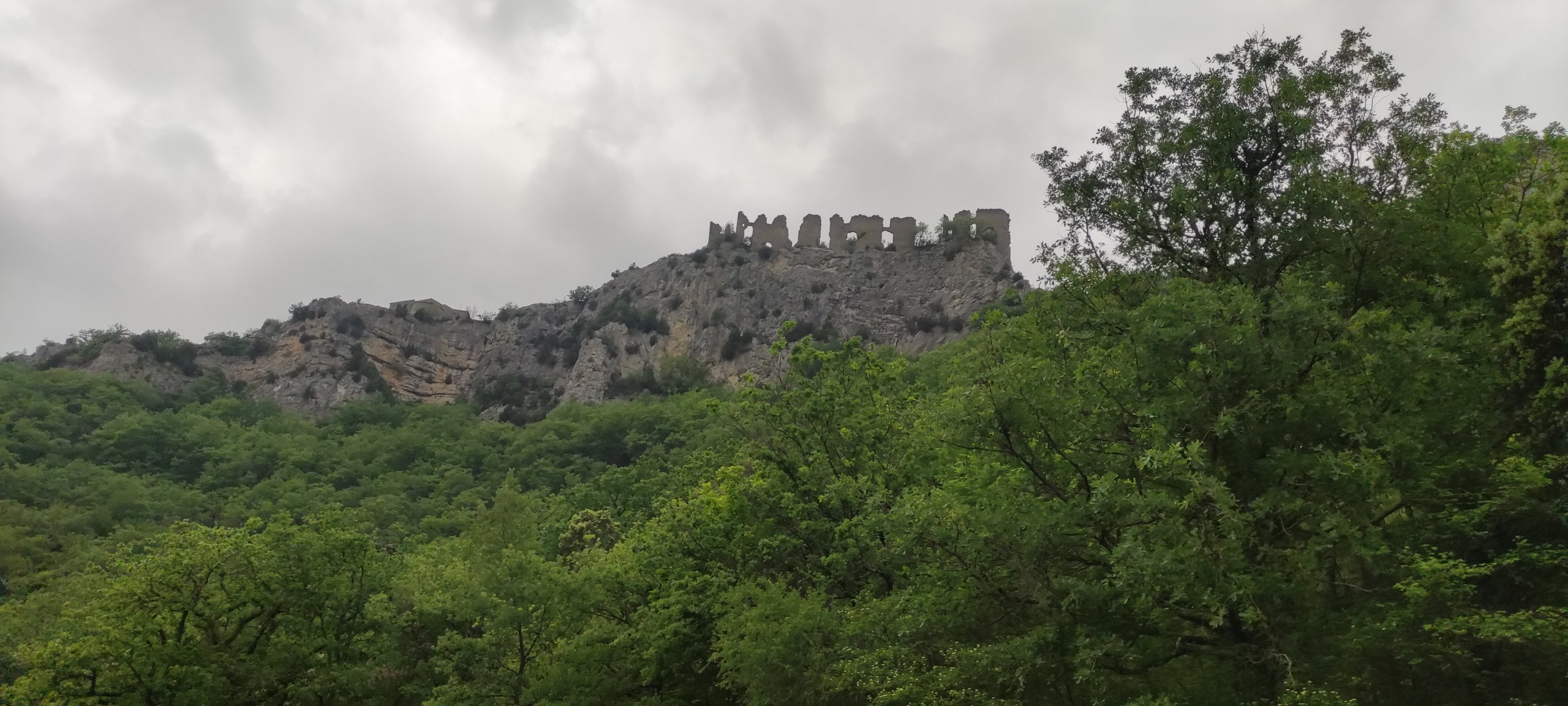
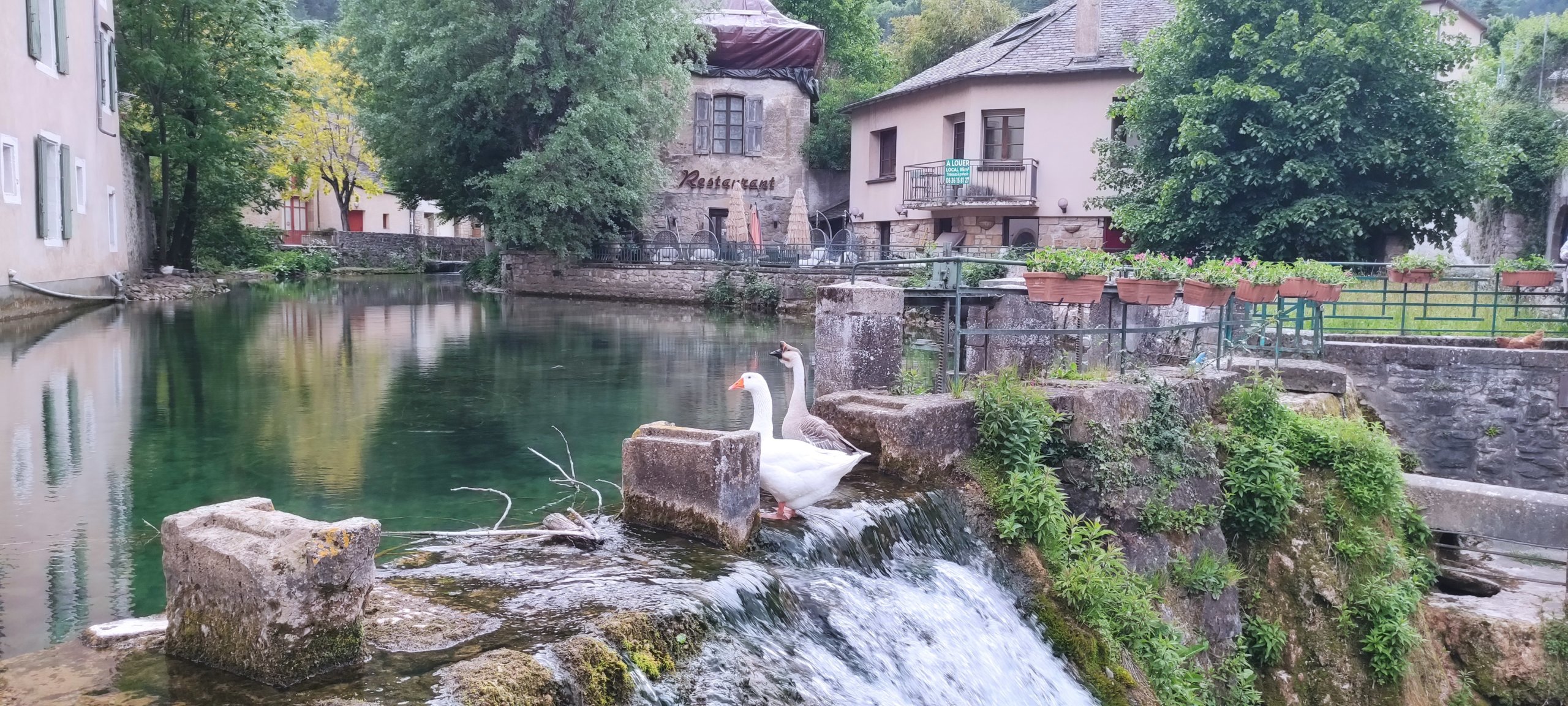

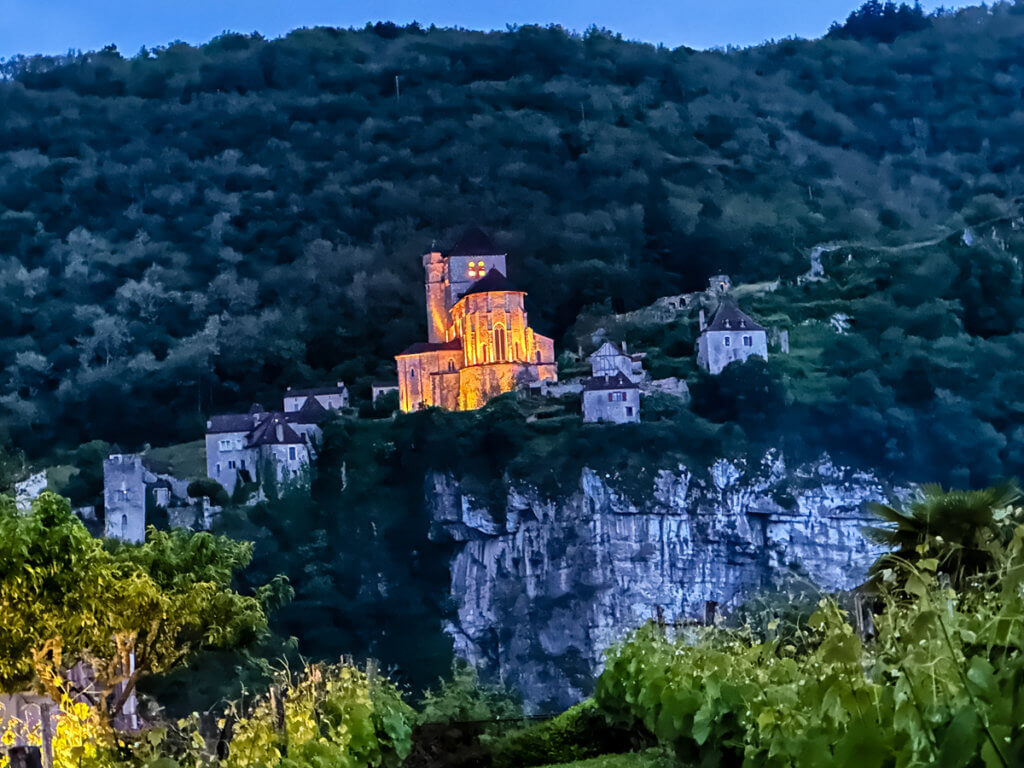
Saint-Emilion.
After finishing the bicycle tour, we spent a couple of days in this charming (but touristy) medieval village located in the heart of the famous Bordeaux wine region. World-famous wineries, delicious food, beautiful architecture and great monuments were the perfect respite after over 600 miles of riding with 30,000 feet of climbing on the bikes.
